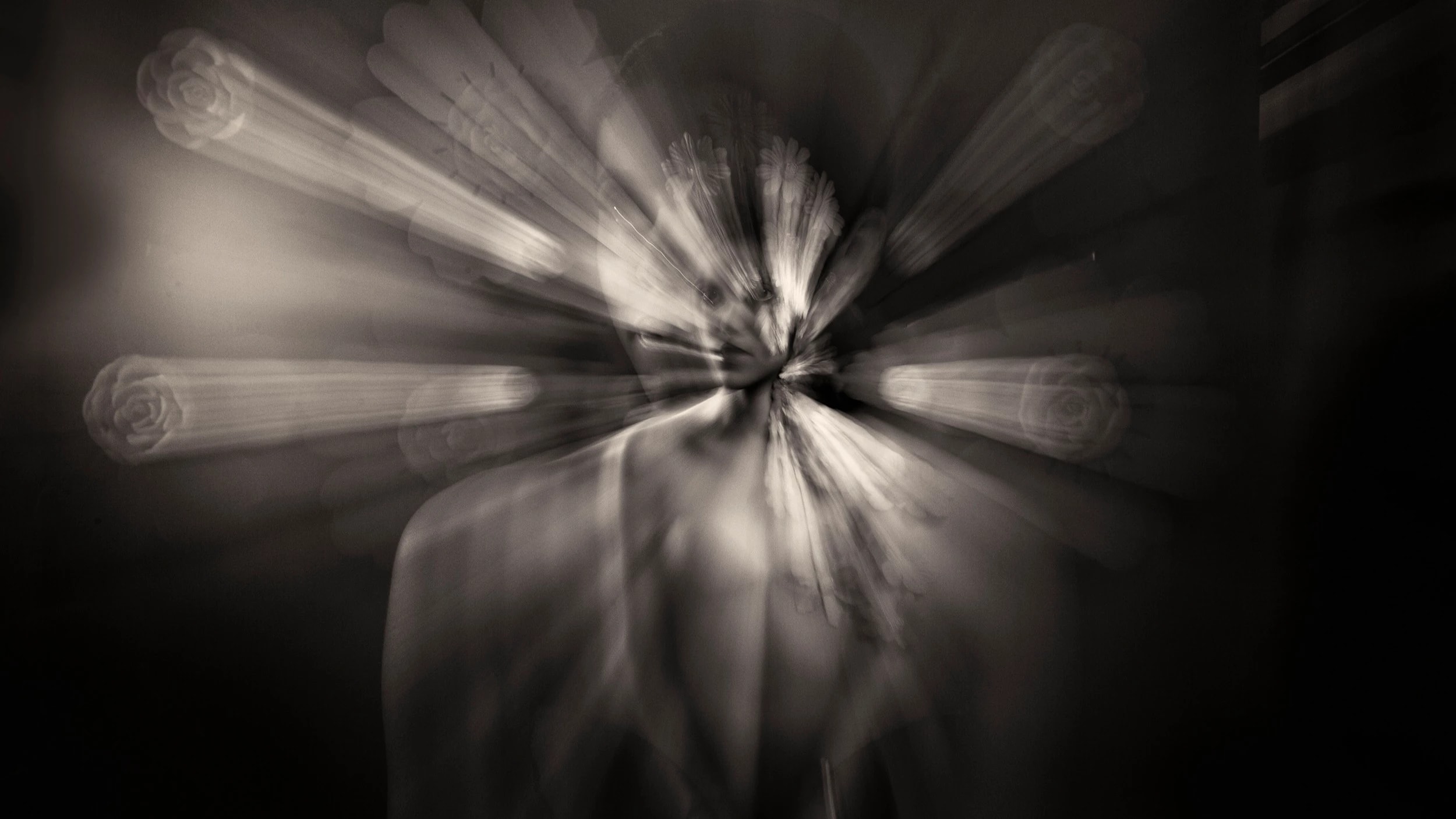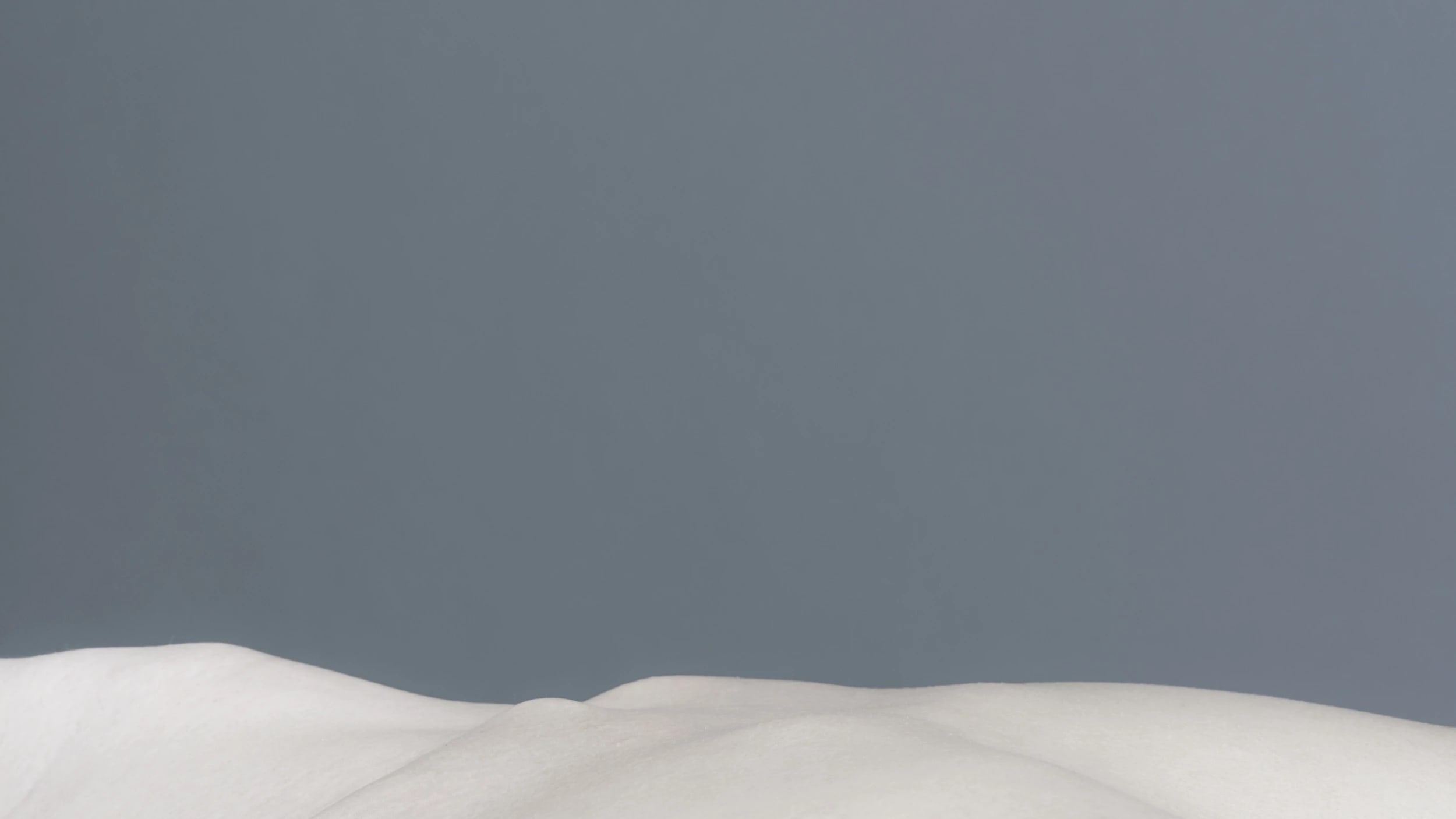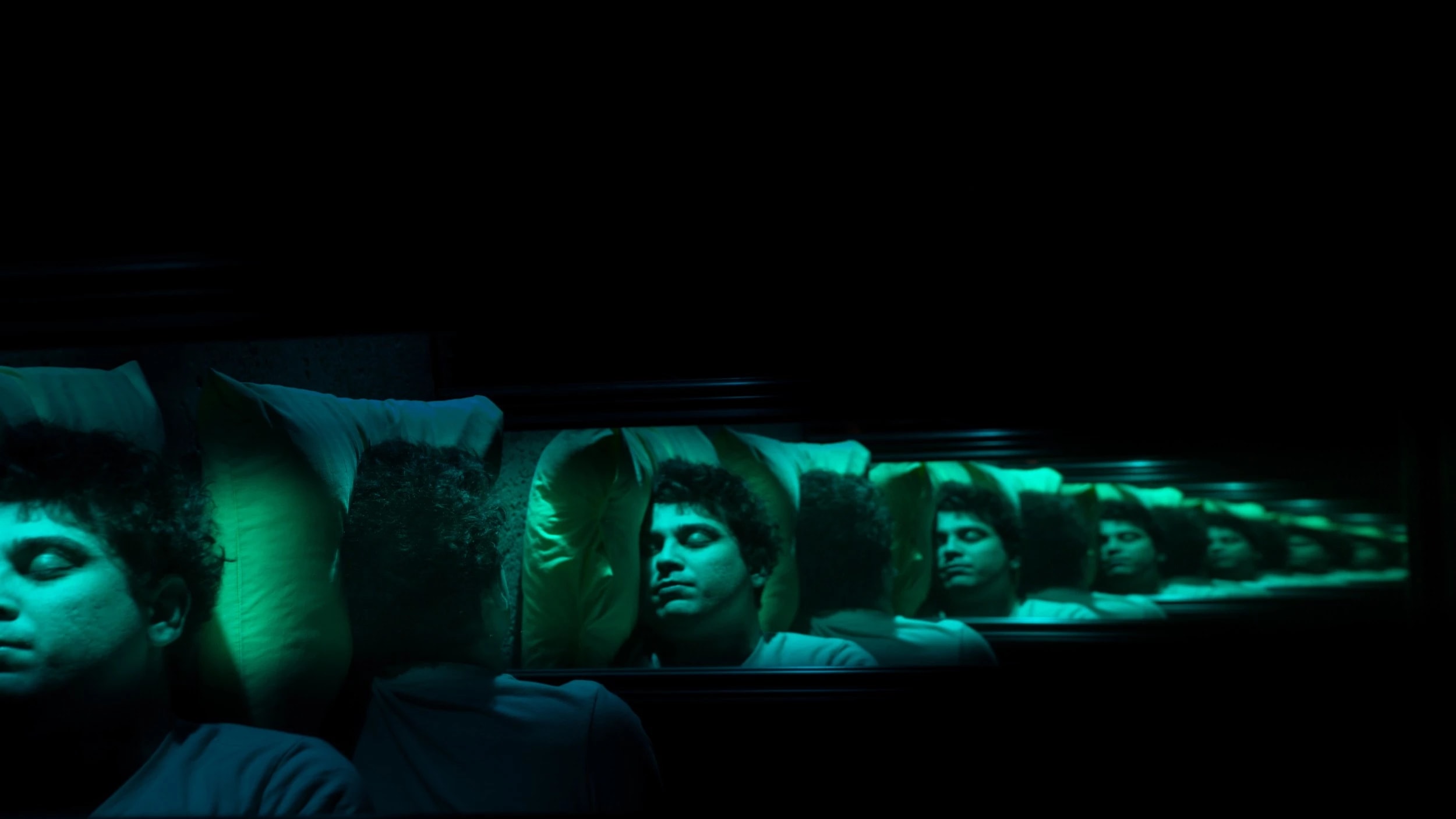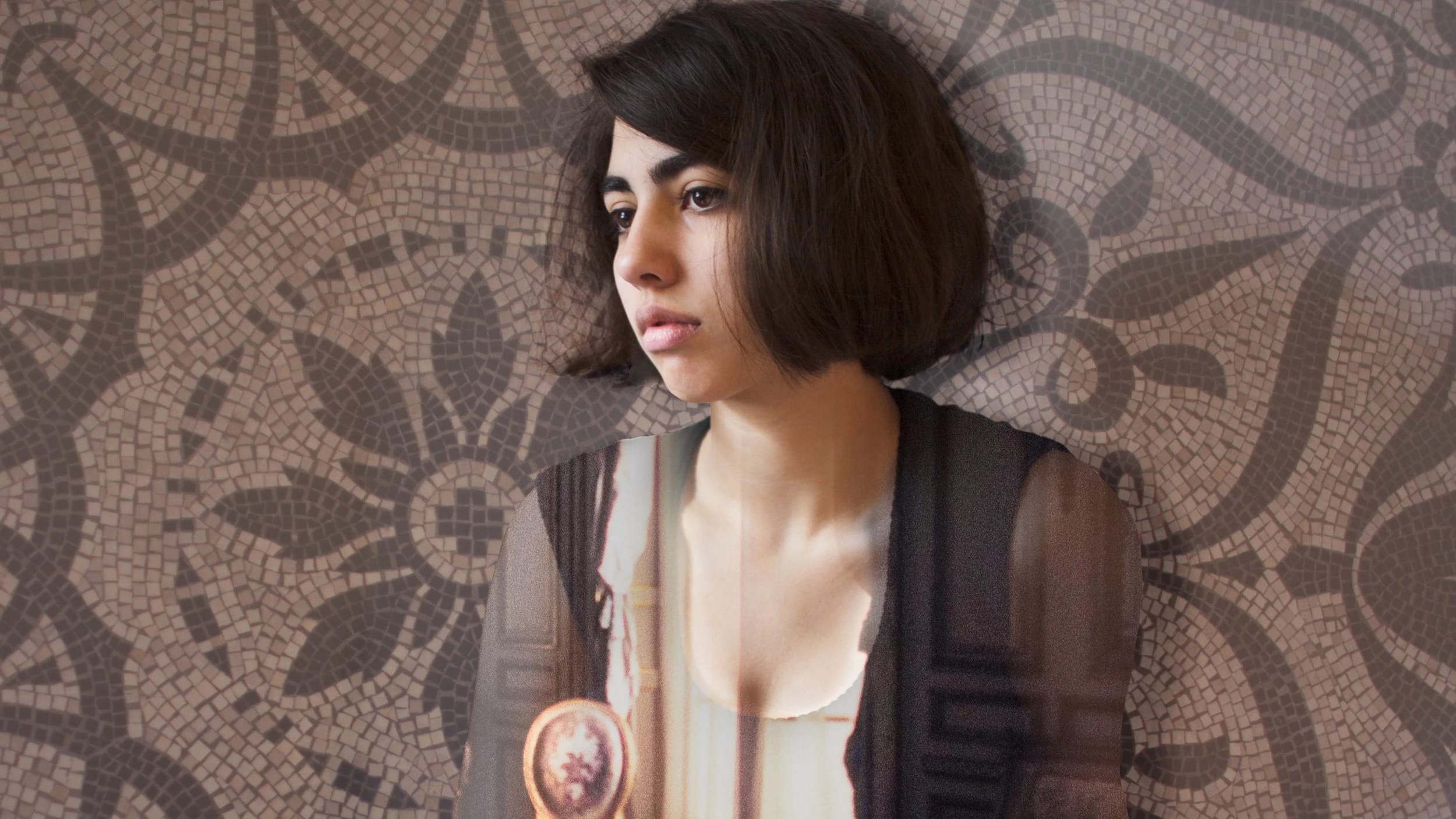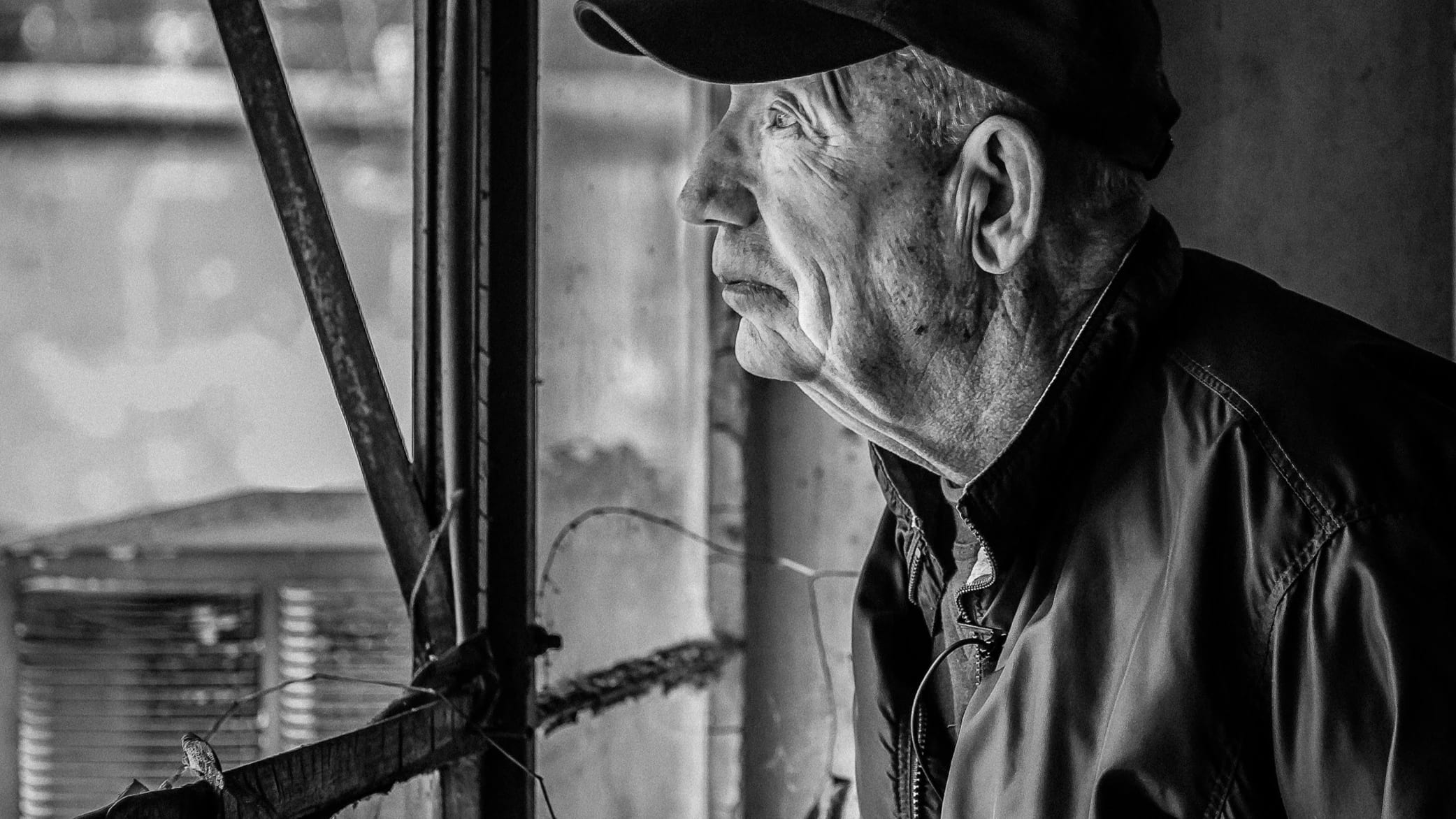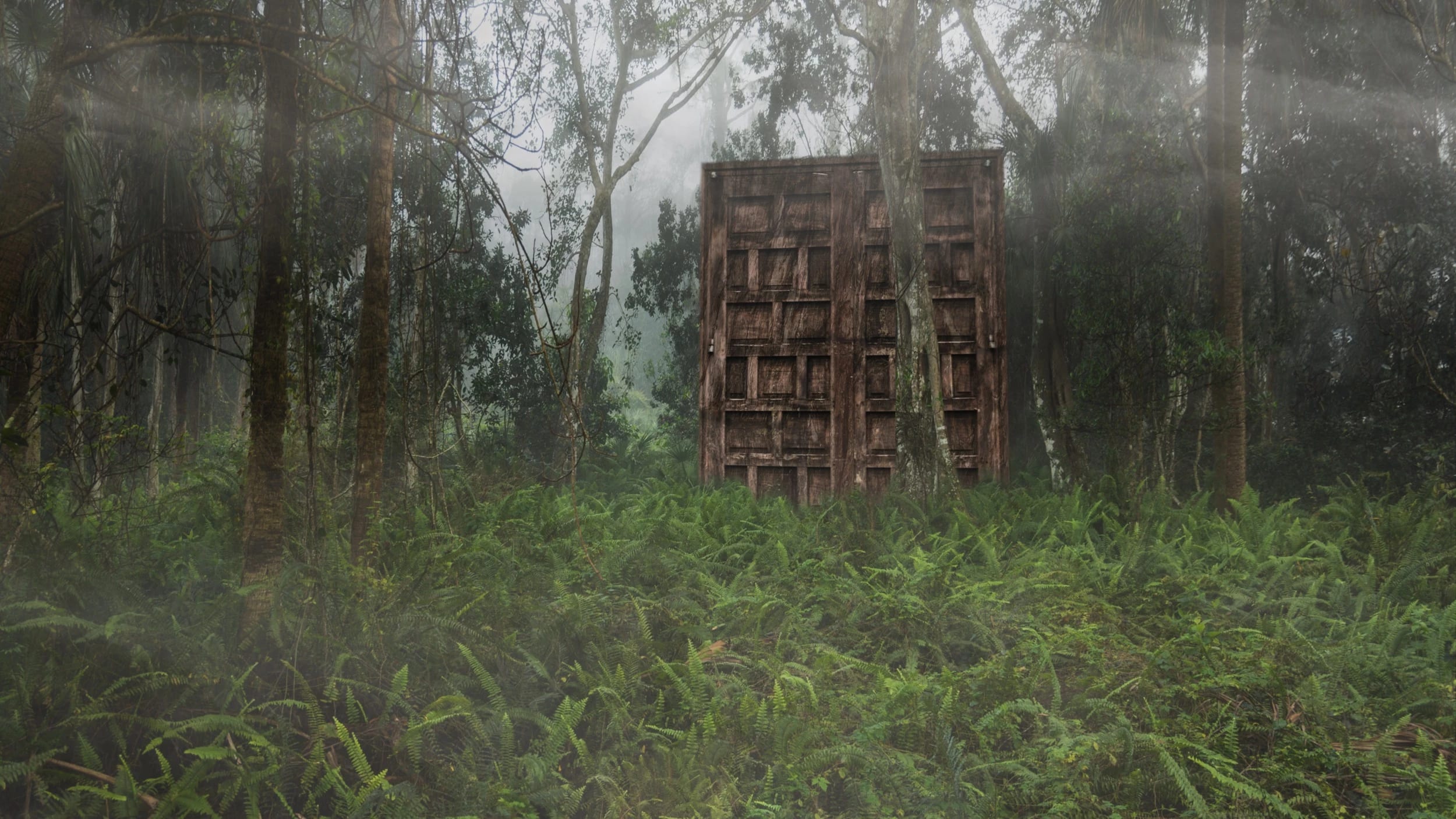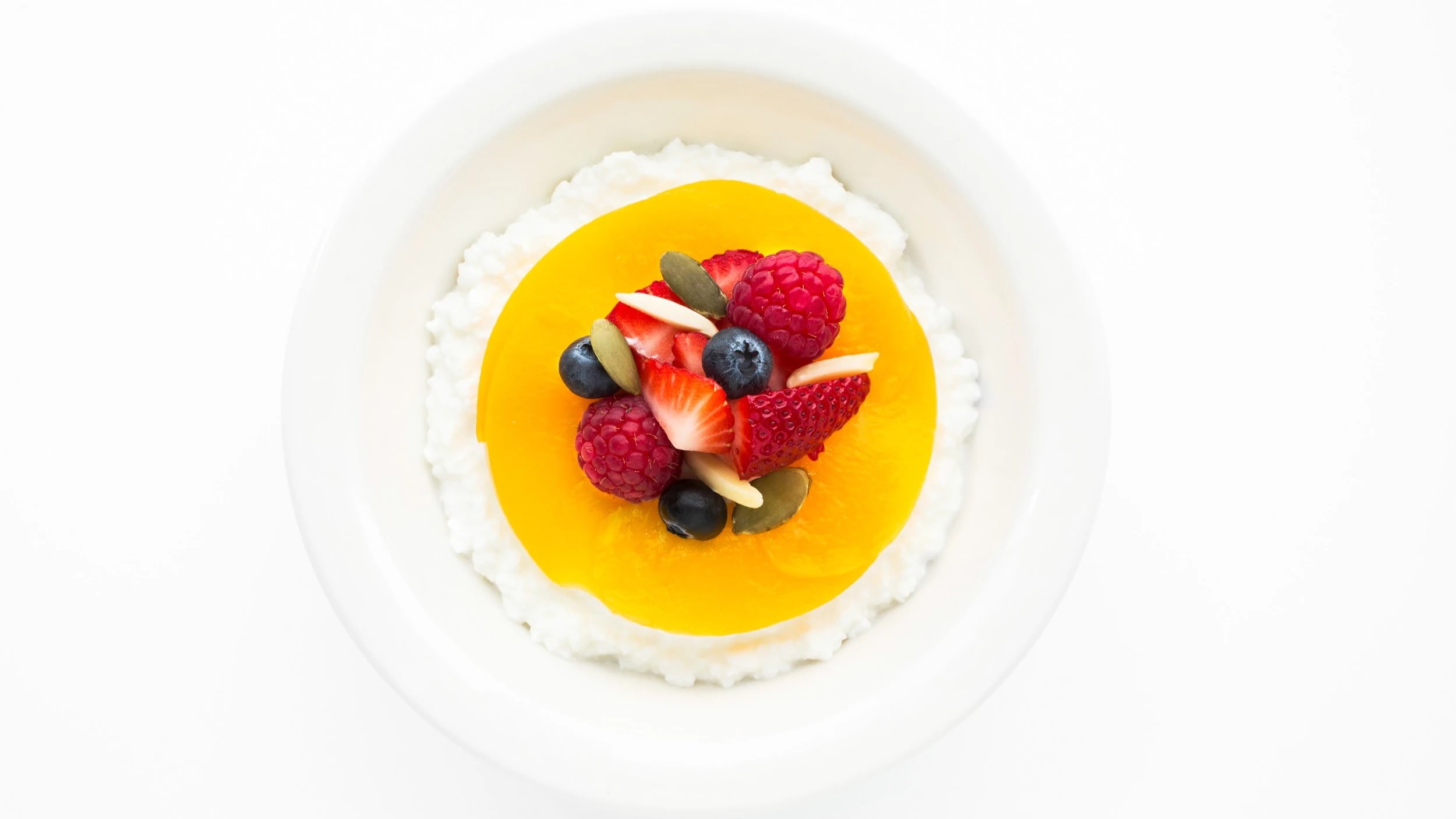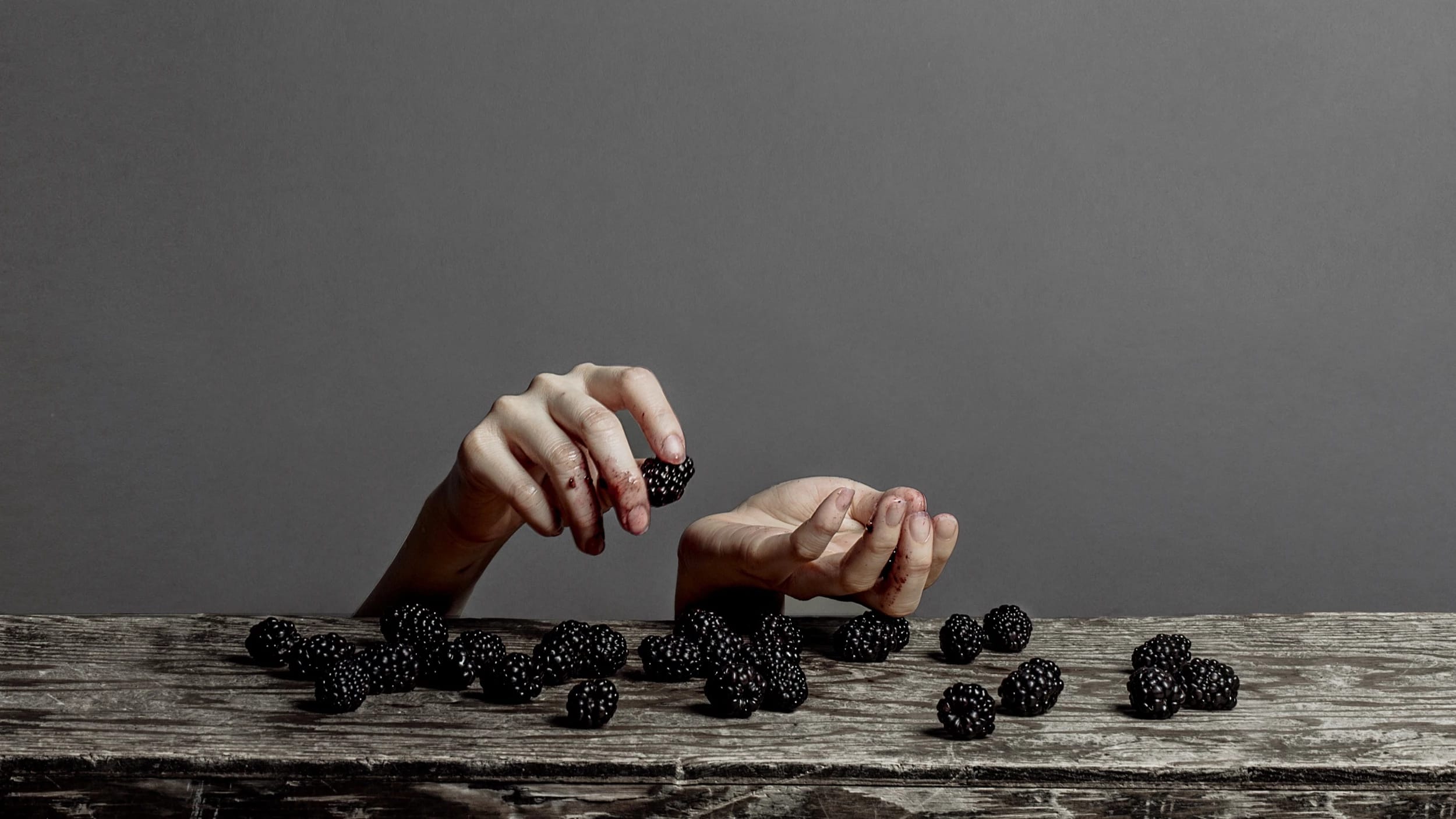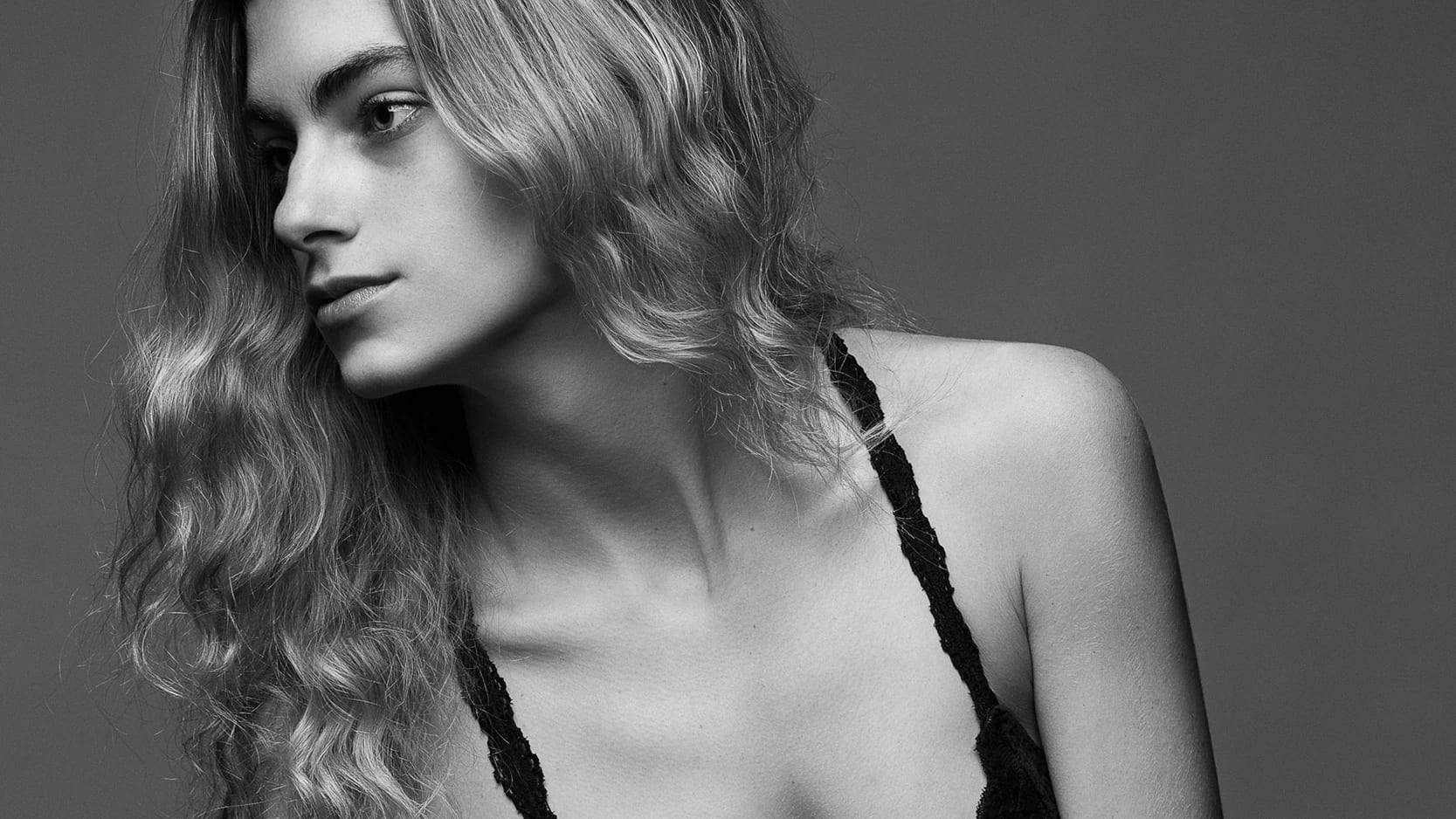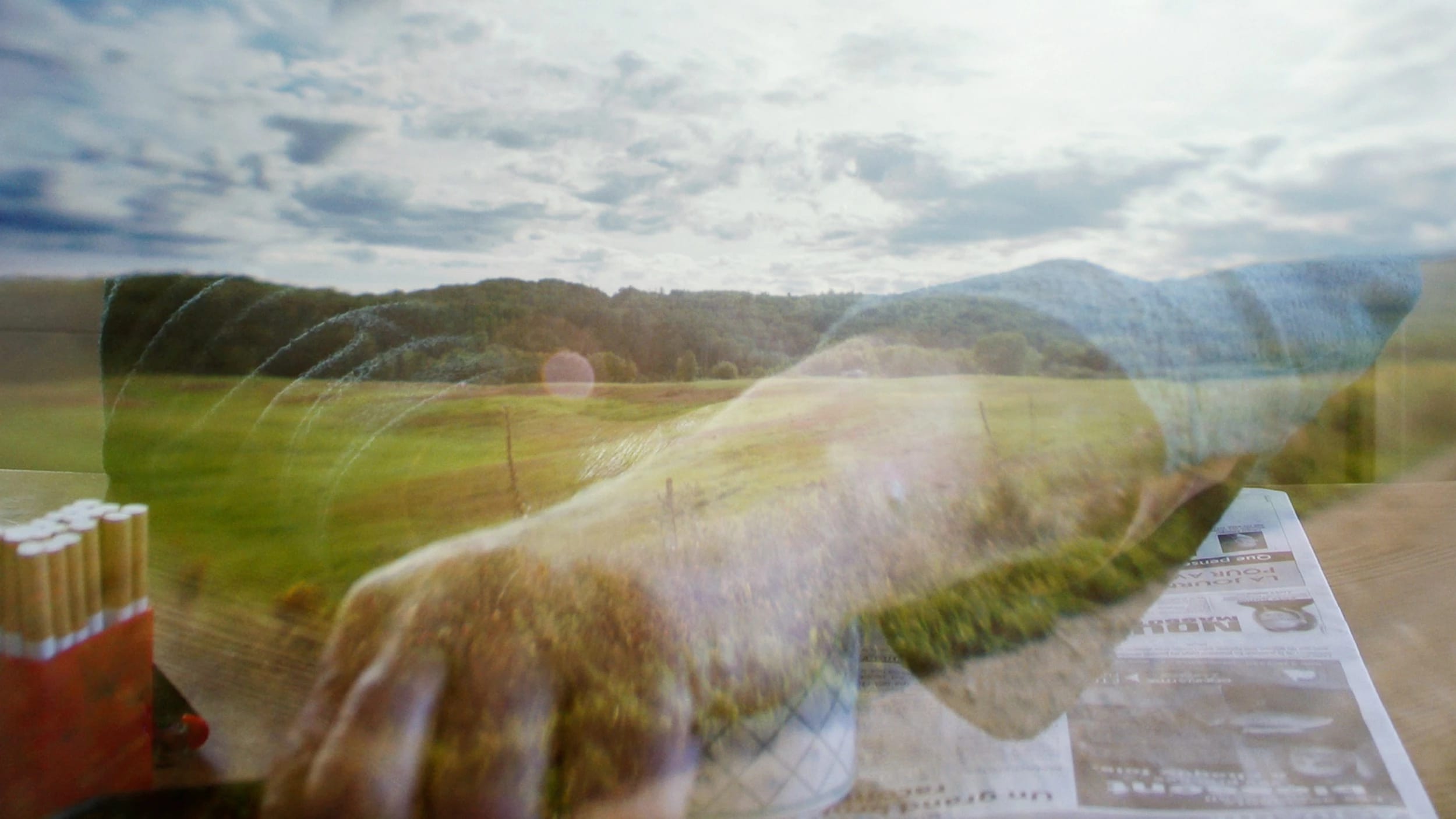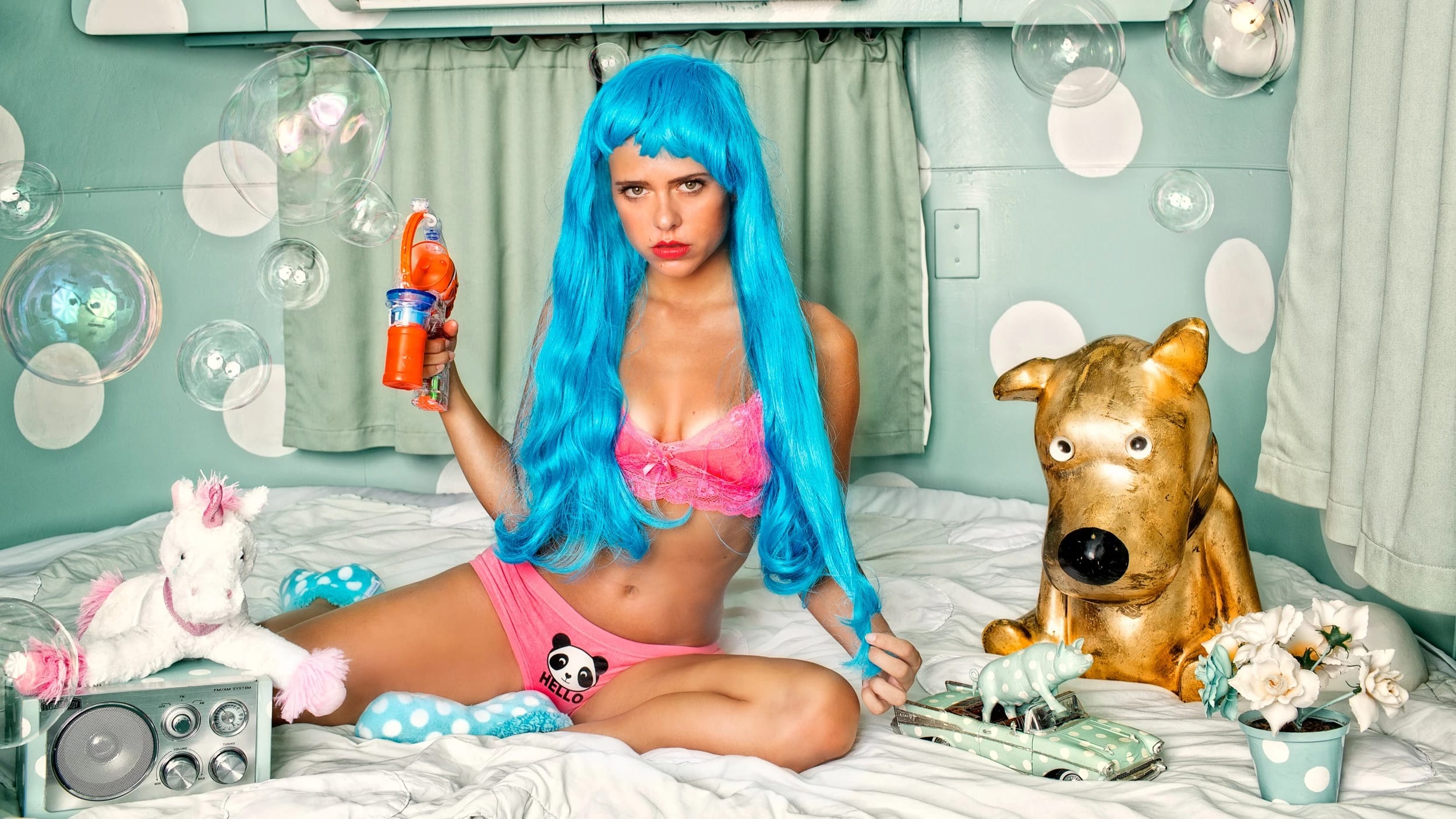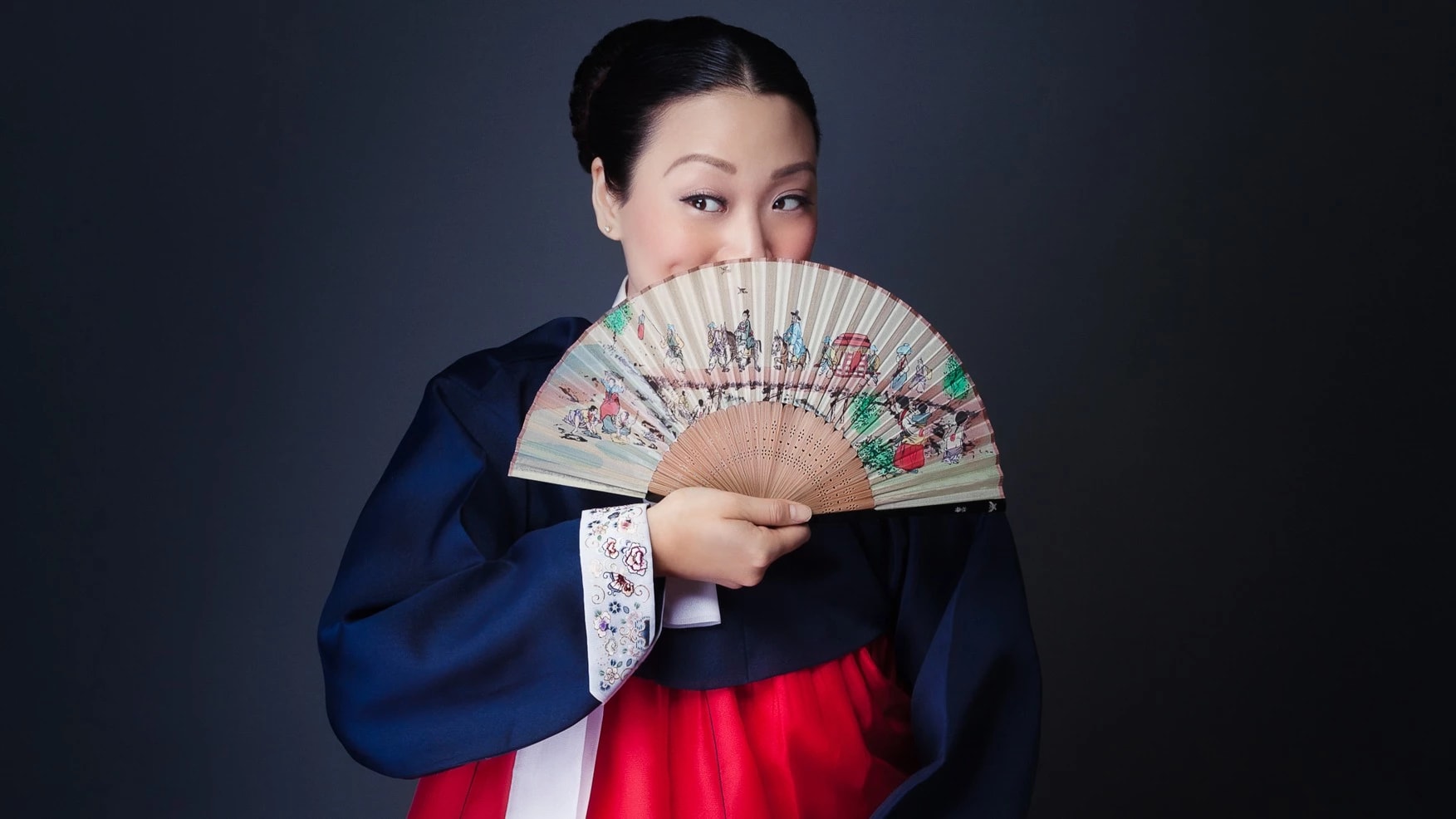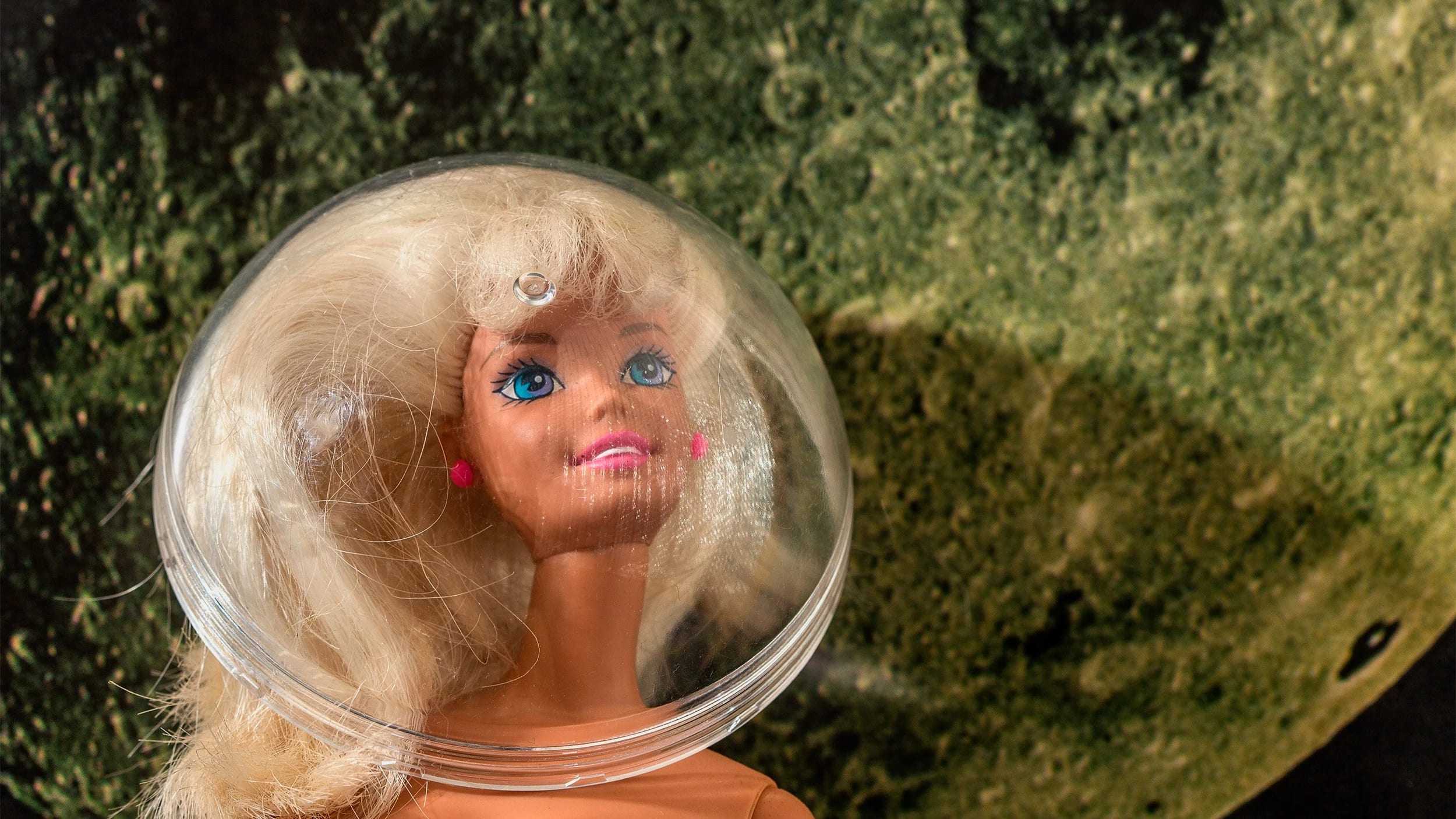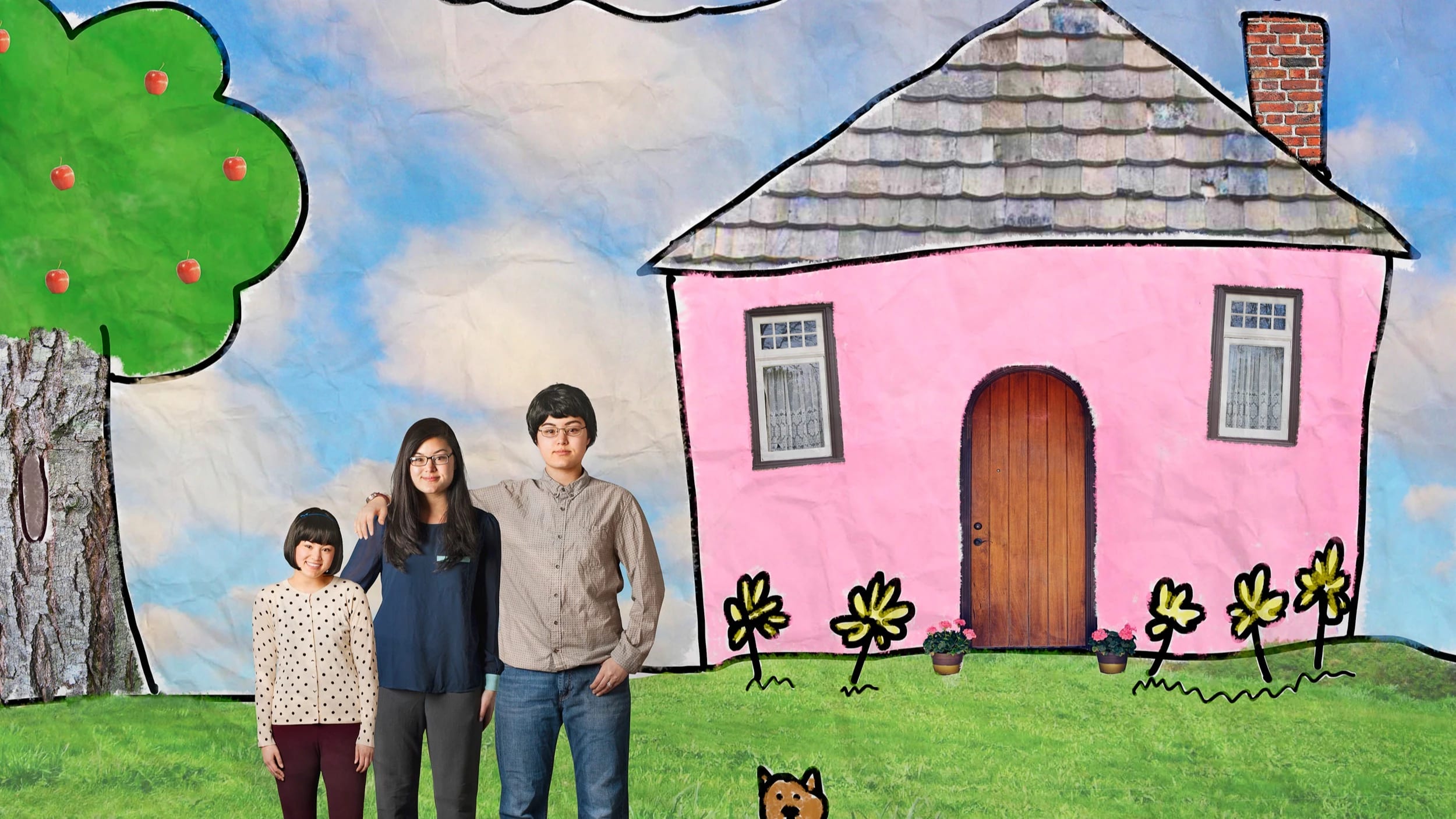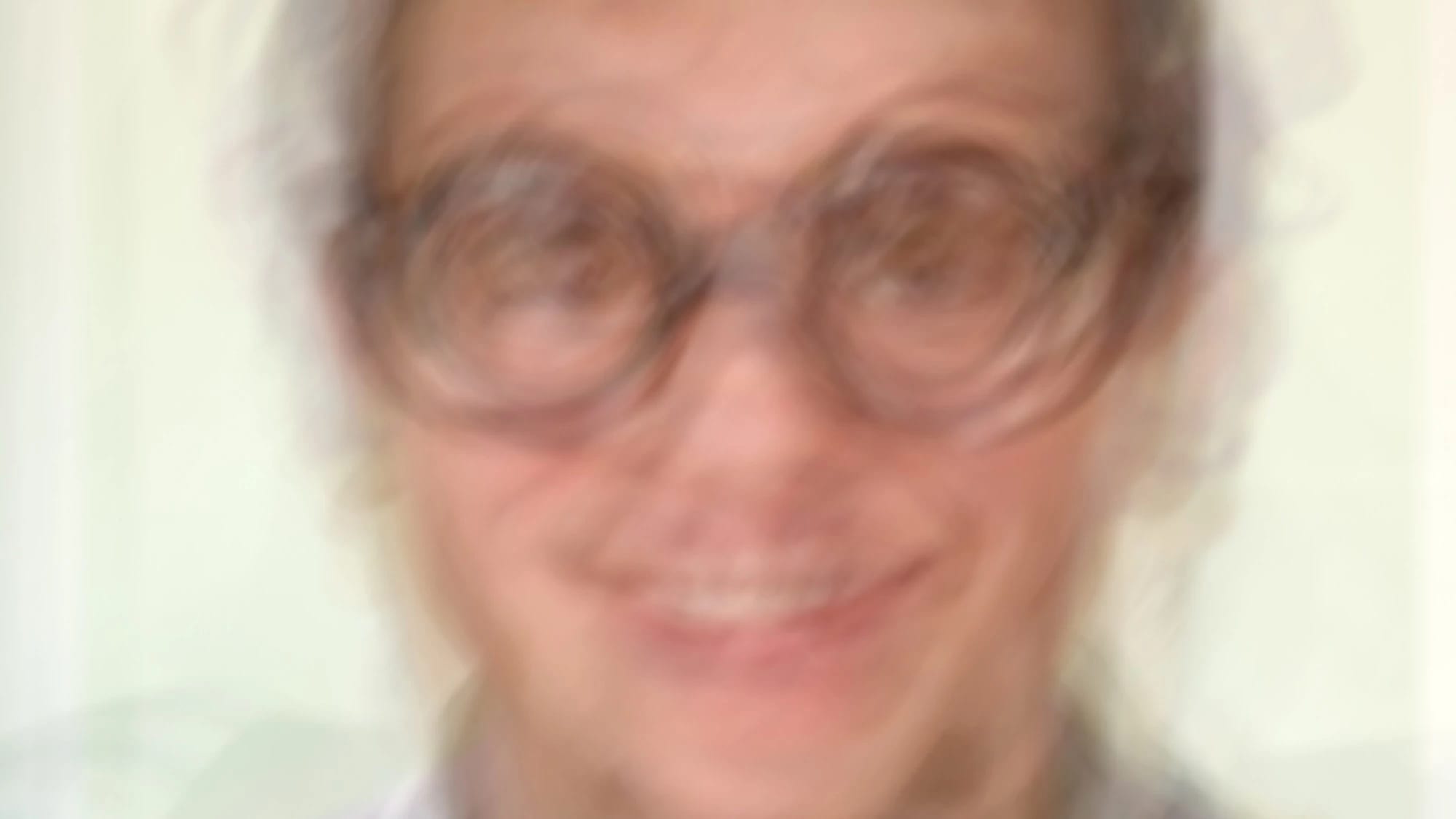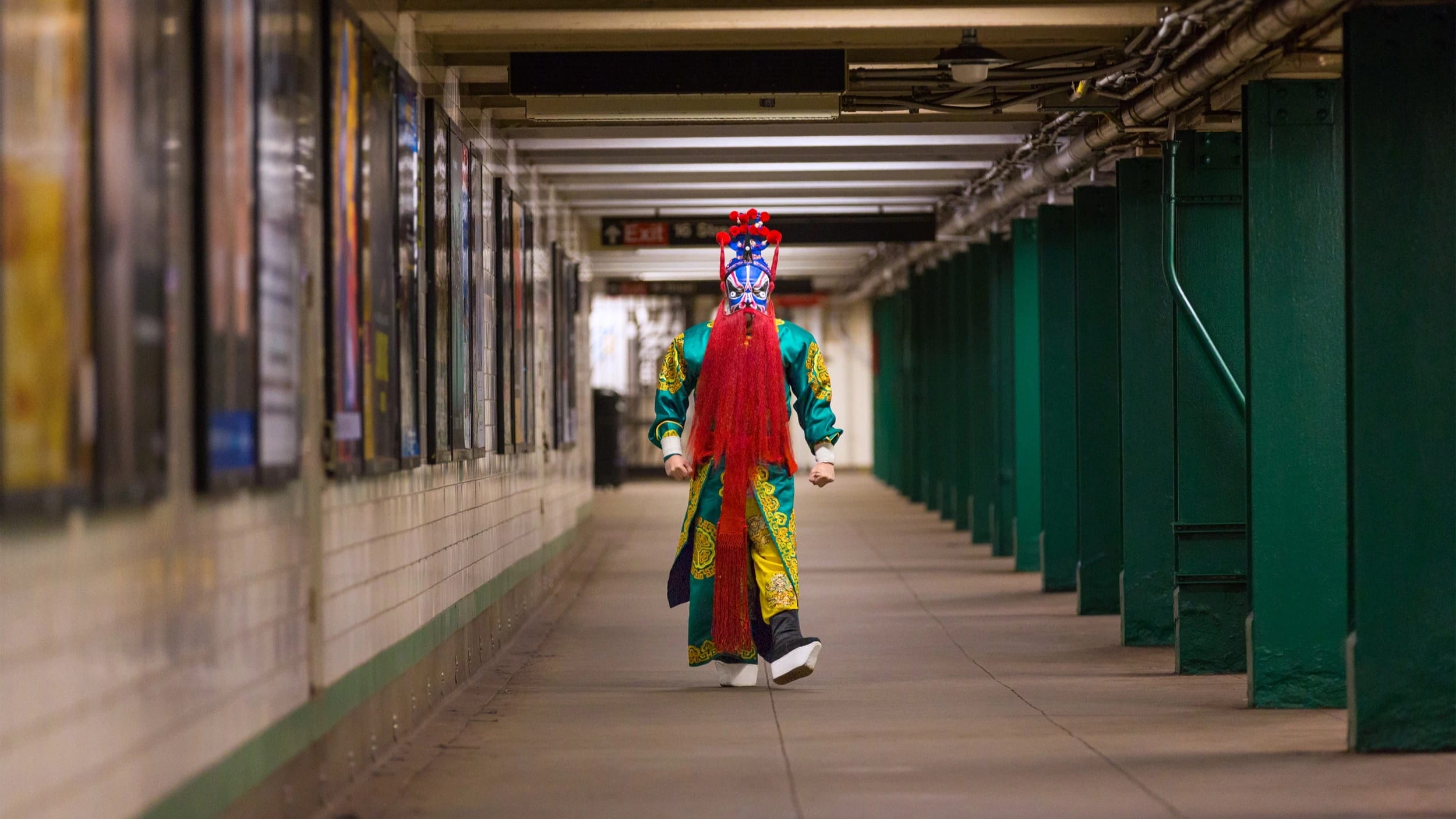Exhibition
23/7
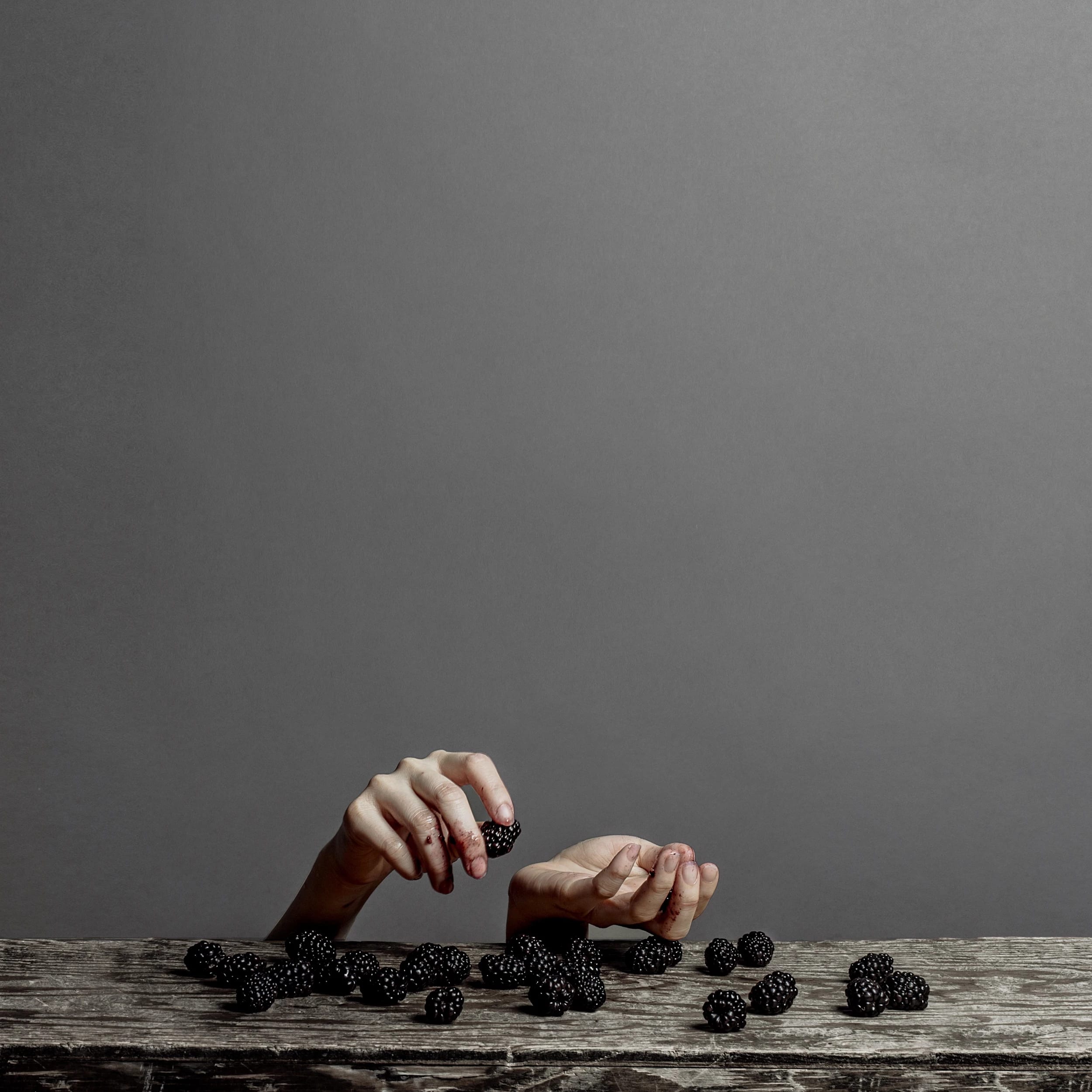
SVA Gramercy Gallery
209 East 23rd Street, 1st floor, New York, NY 10010Reception
Wed, Oct 29; 6:00 - 8:00pm

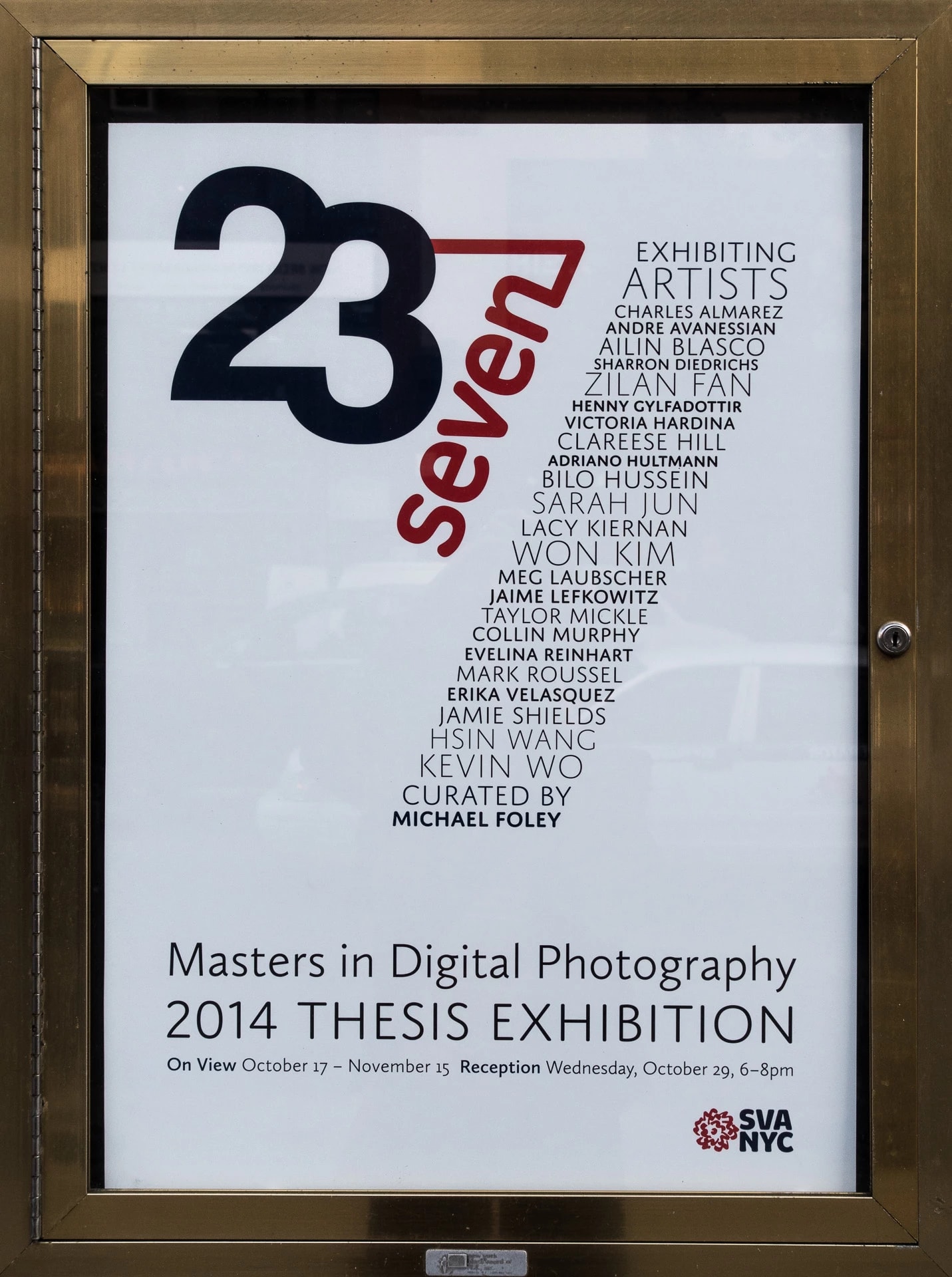
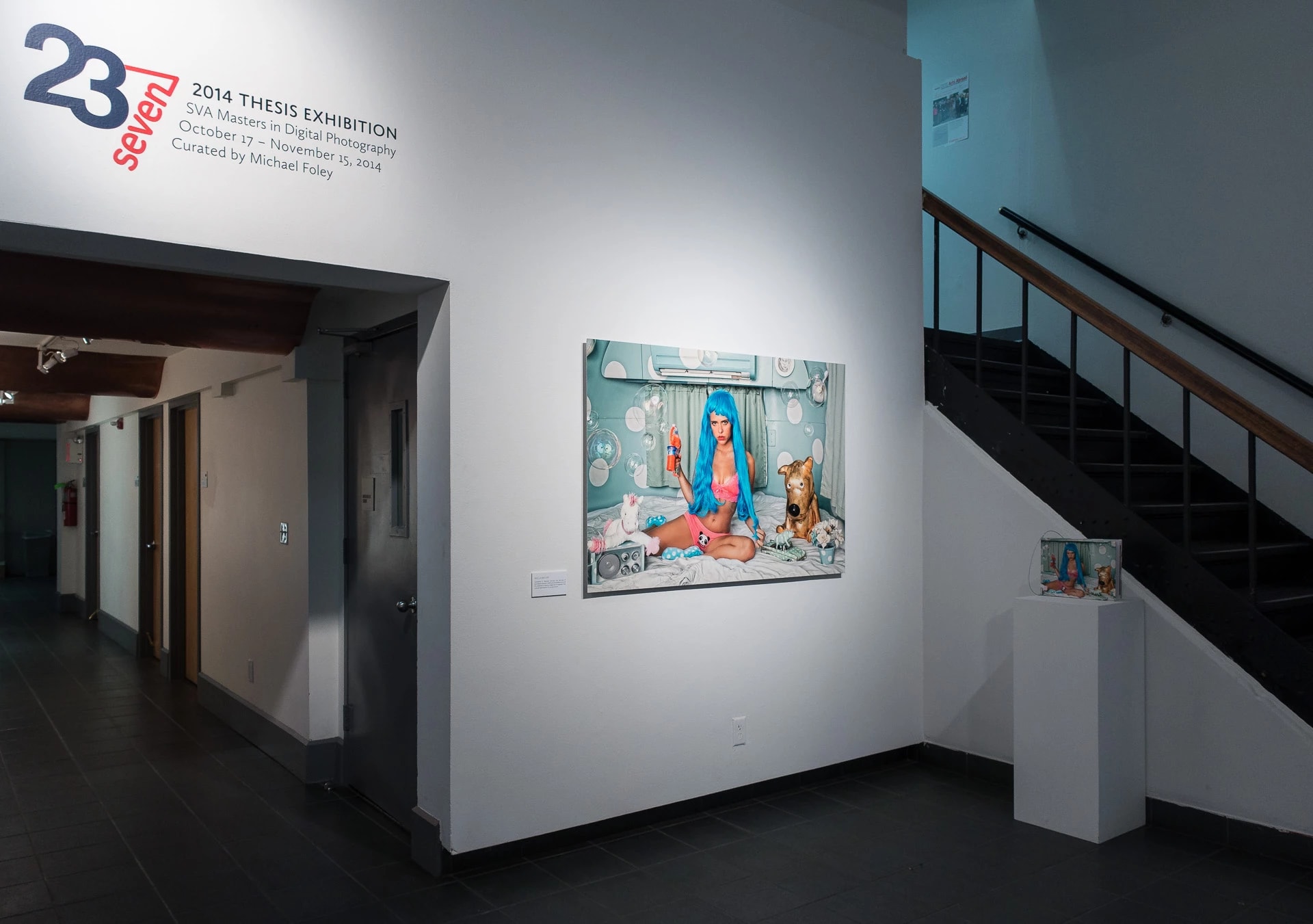
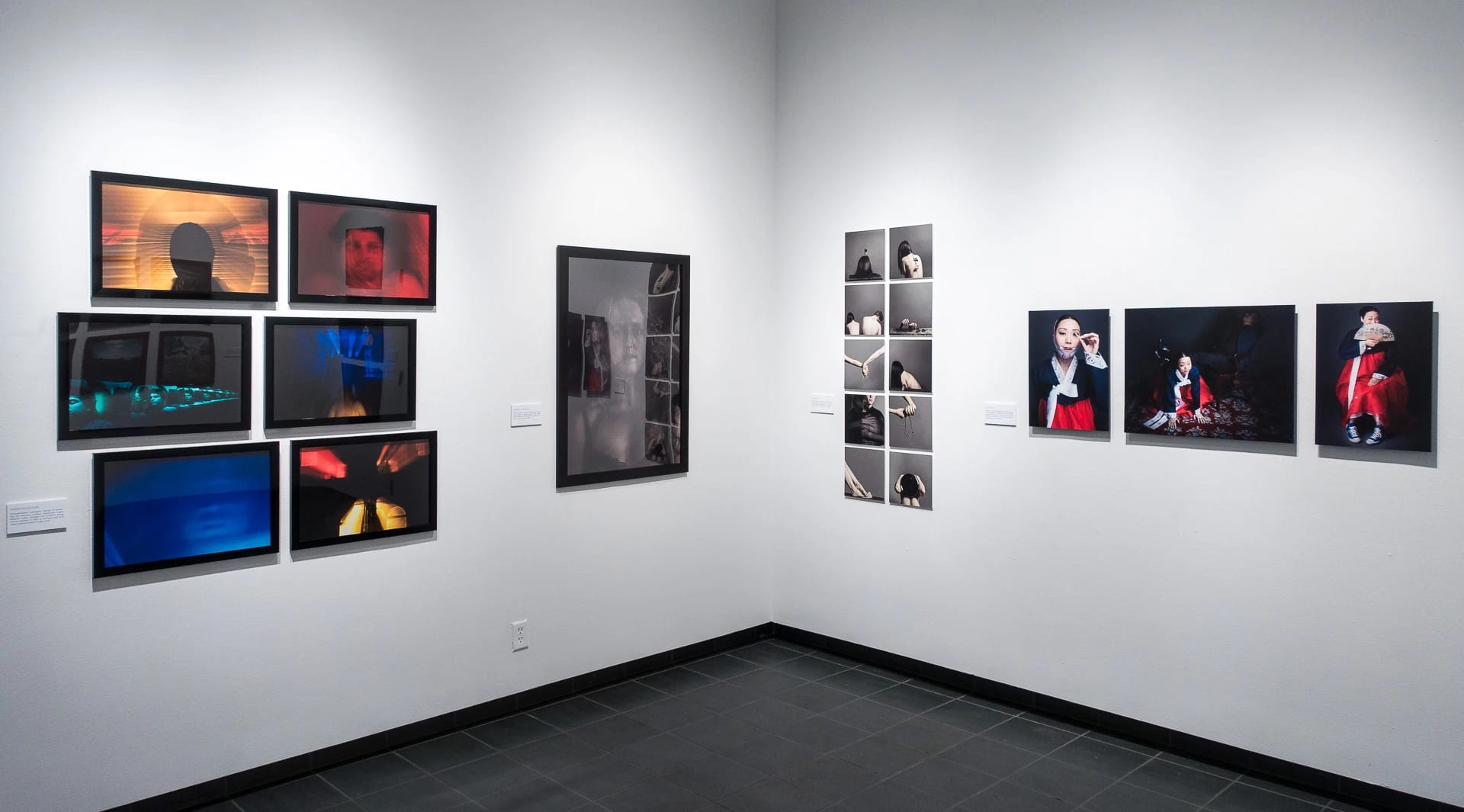
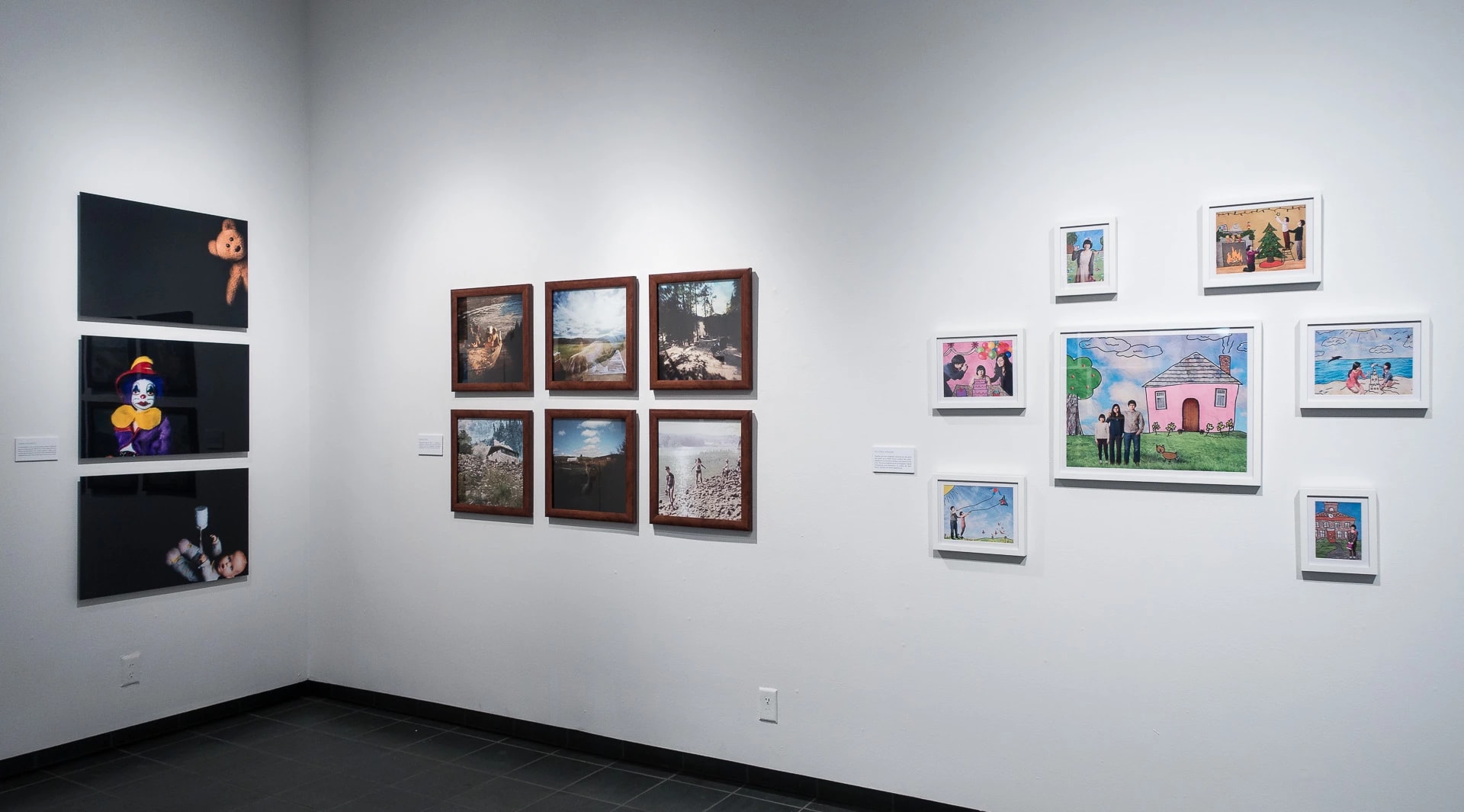
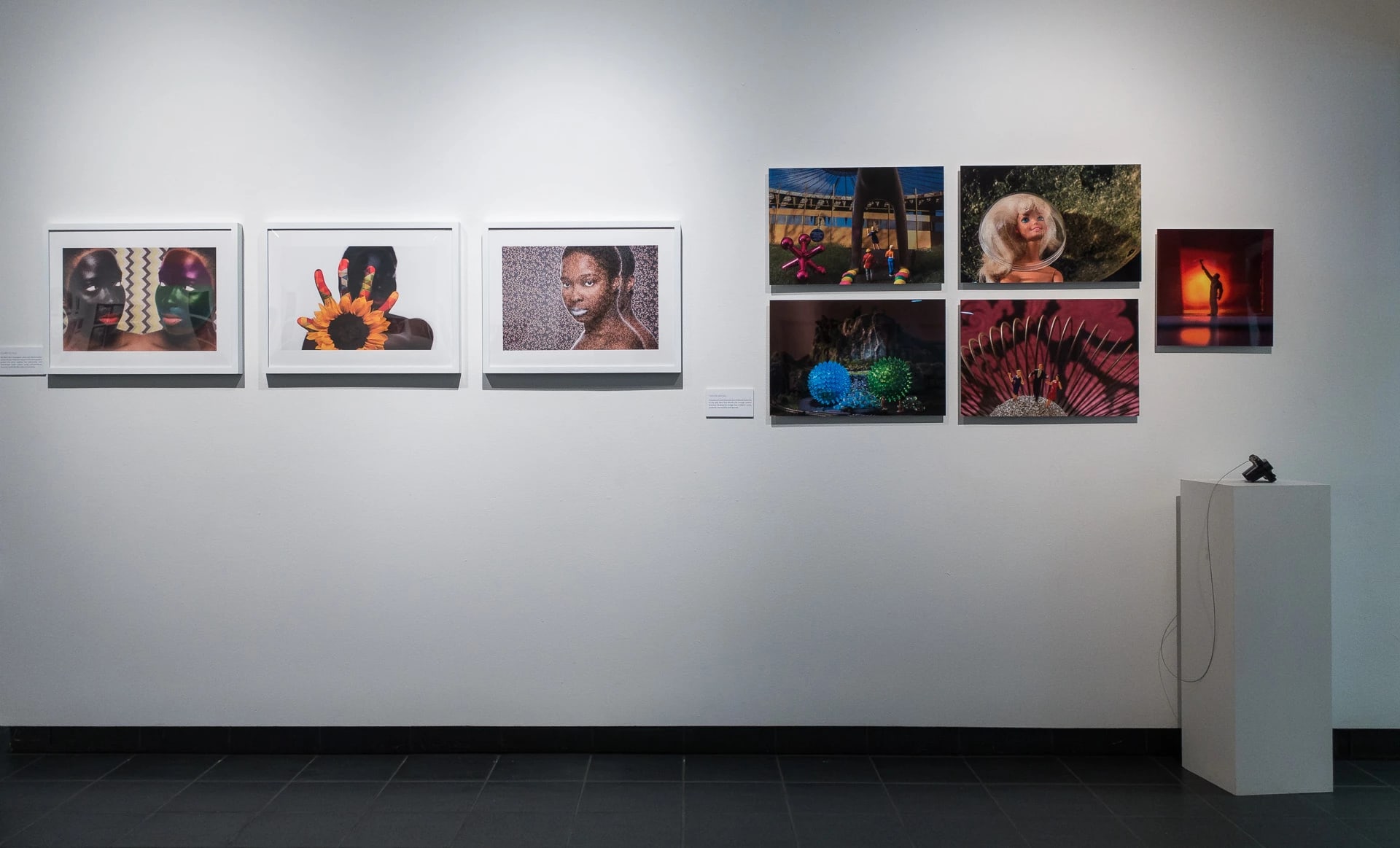
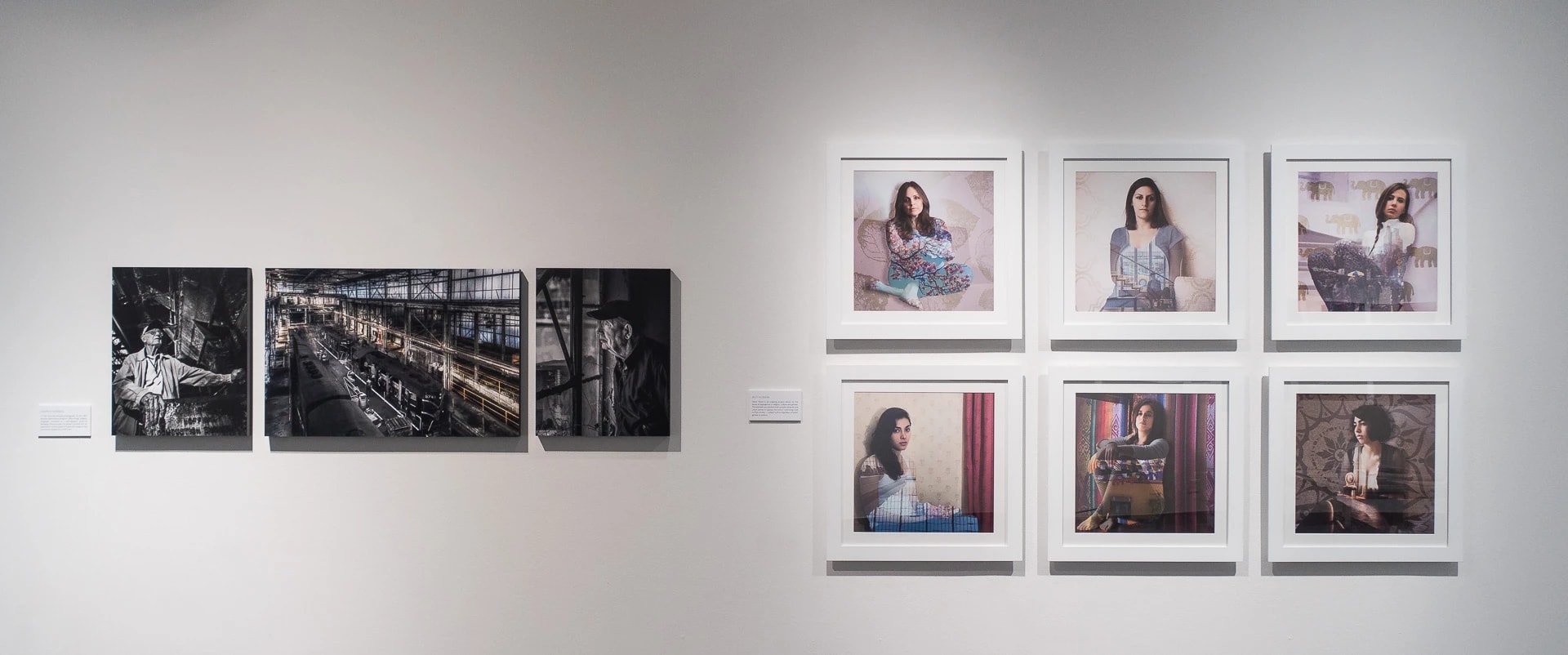
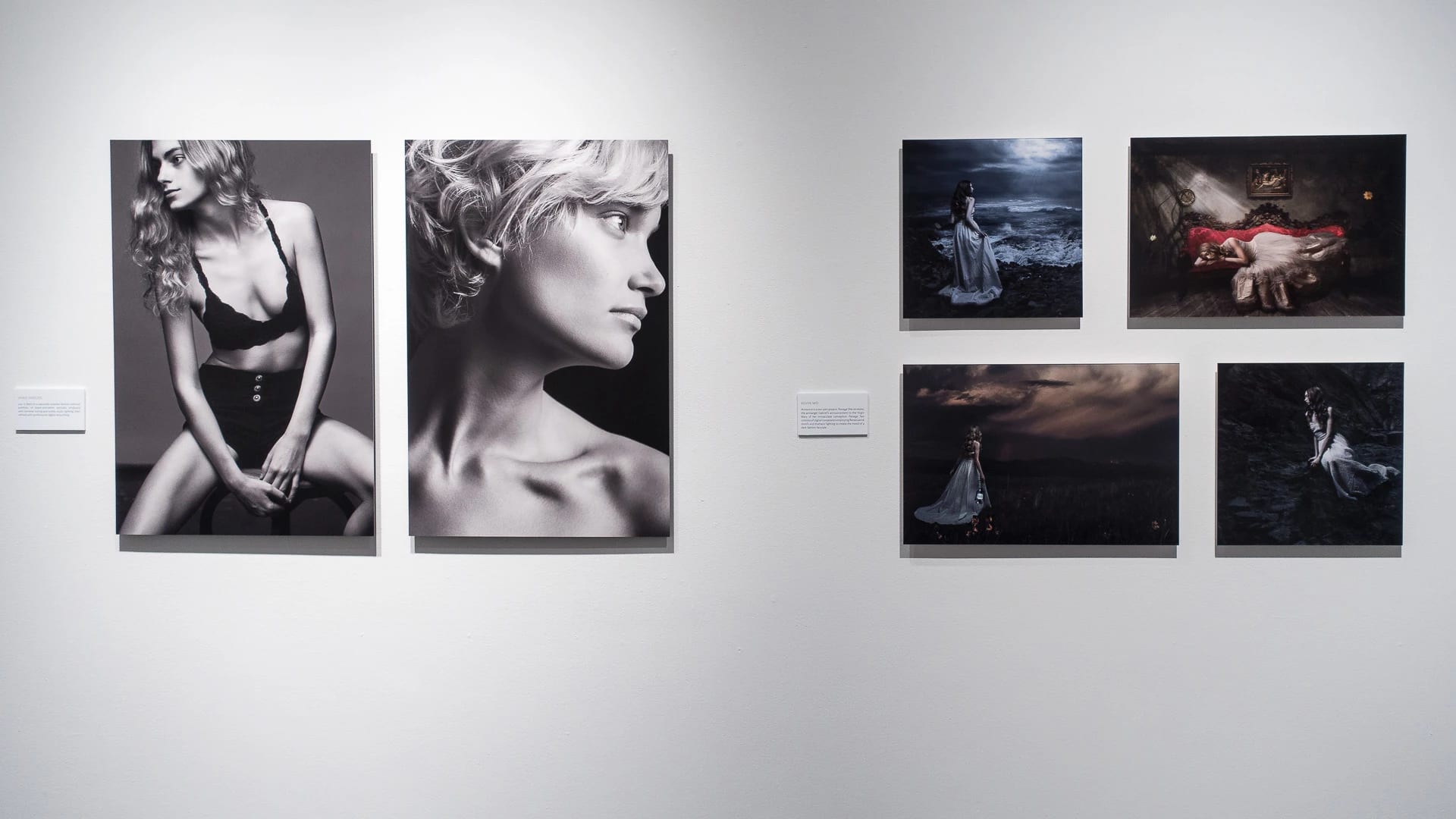
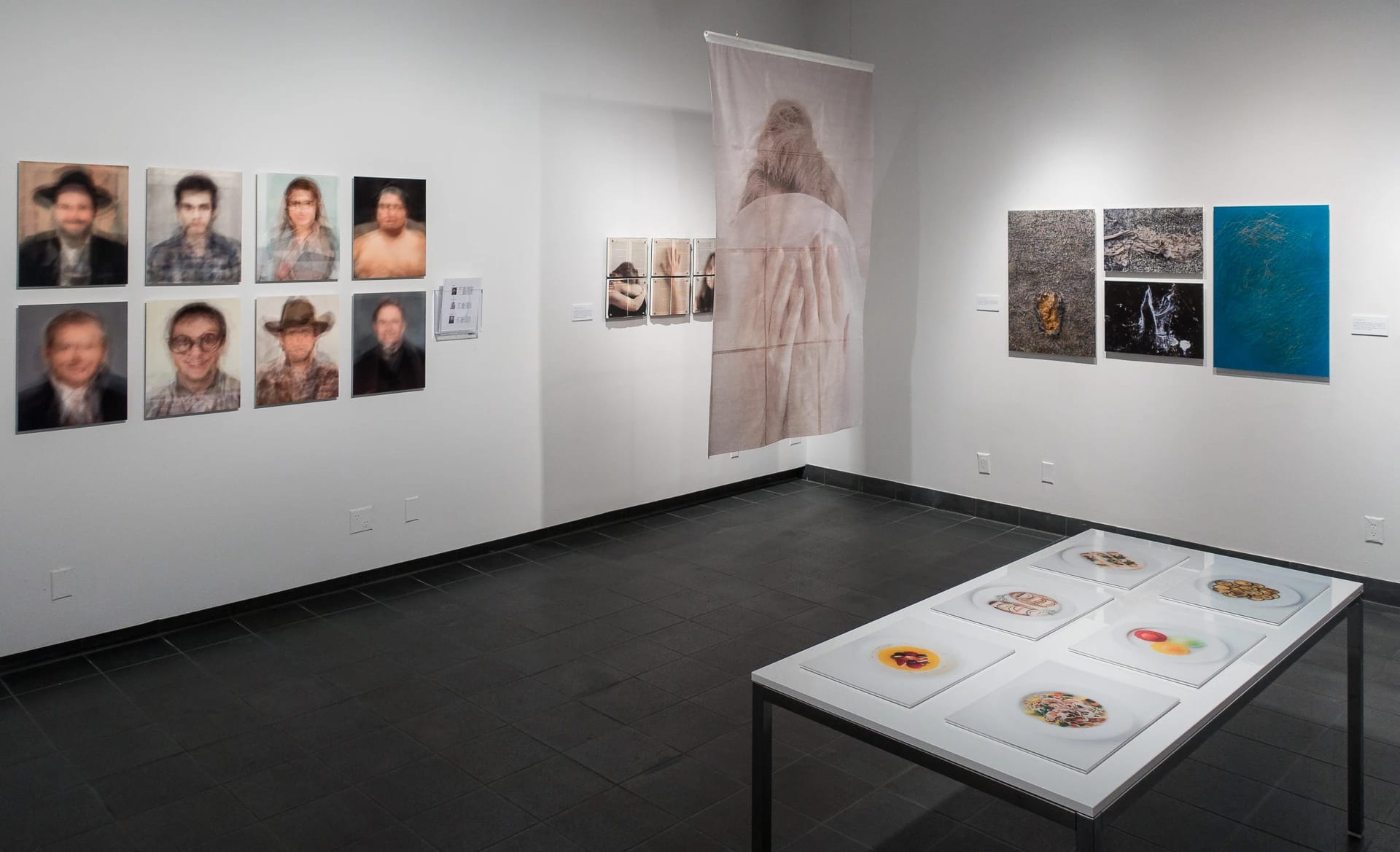
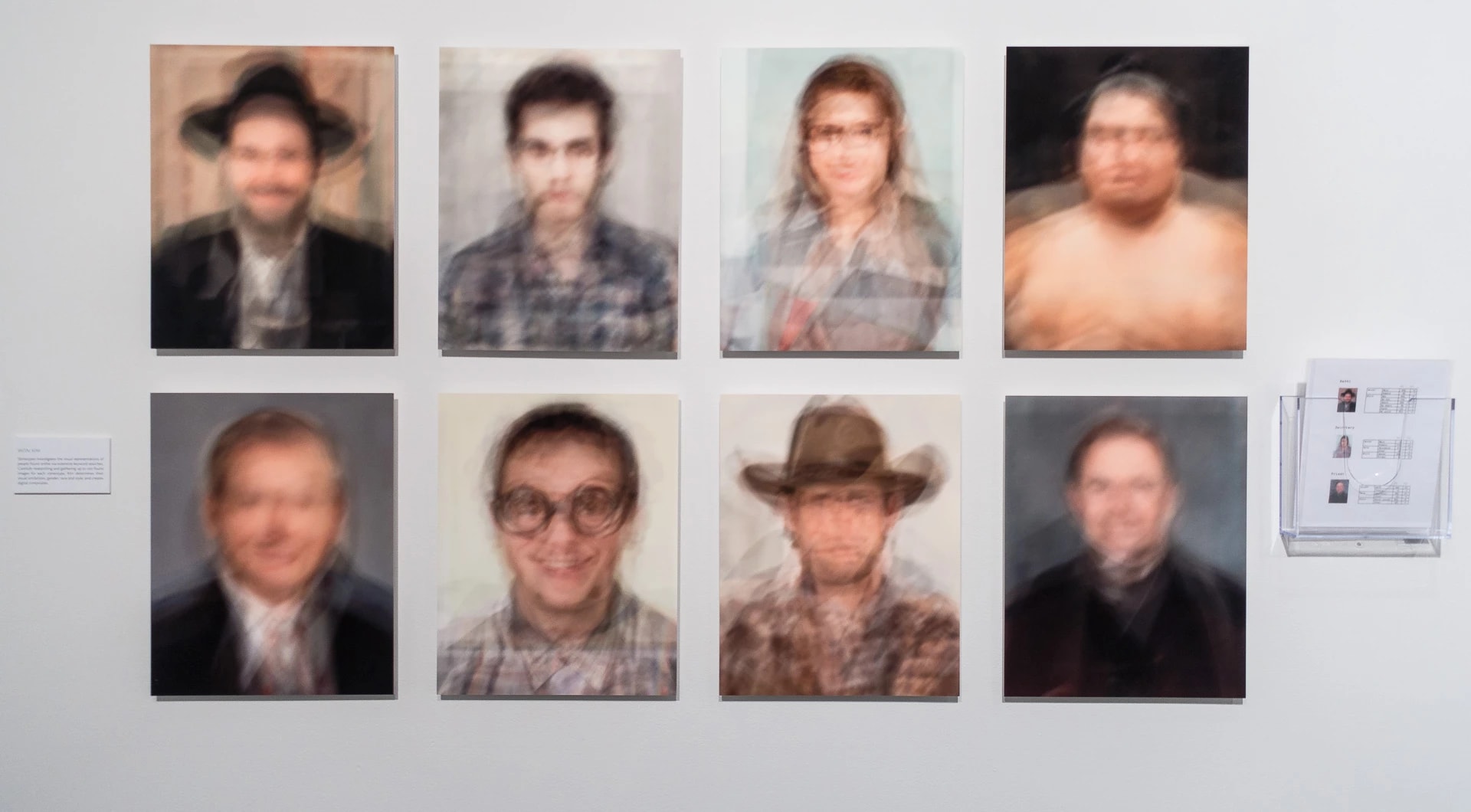
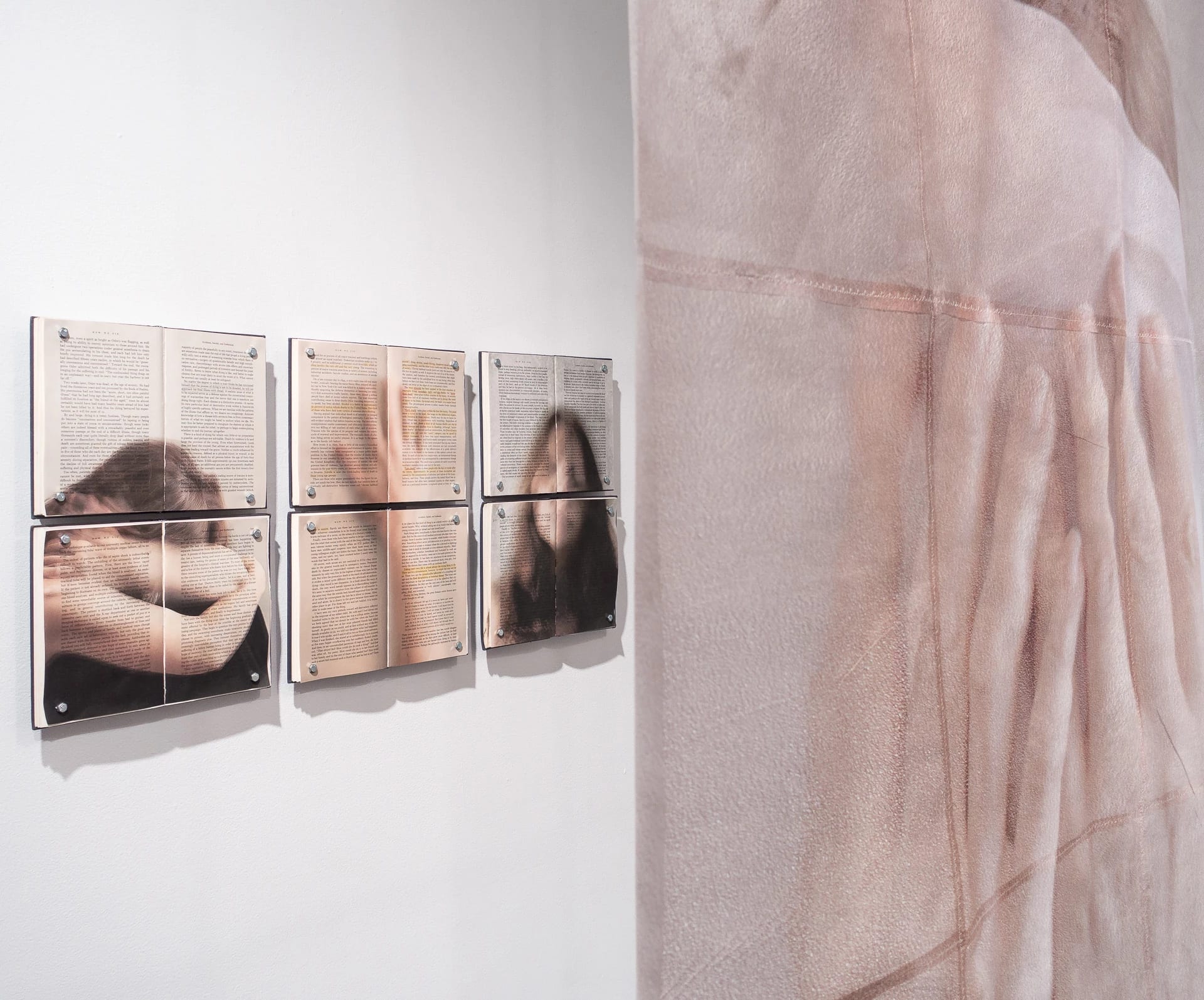
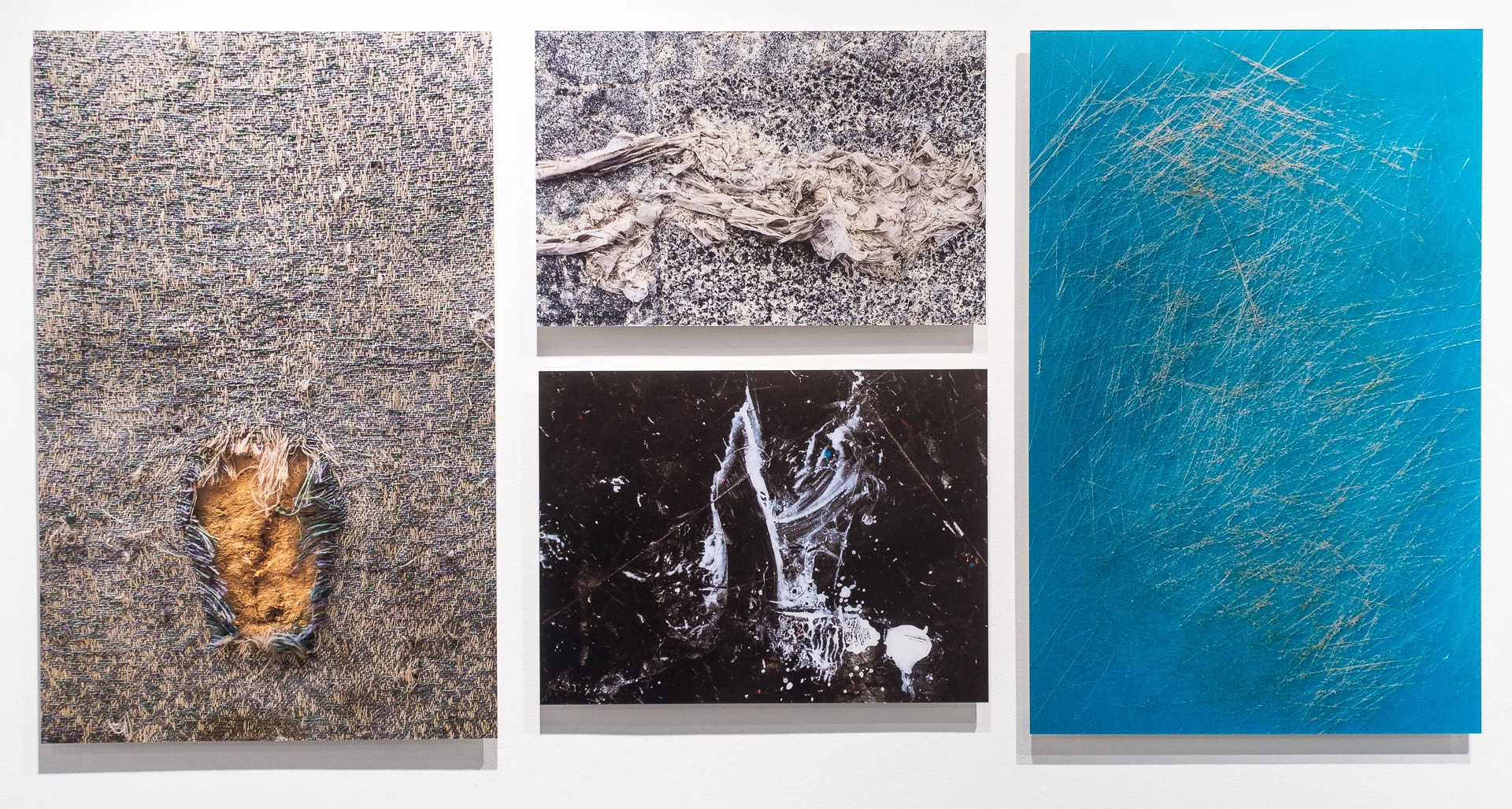
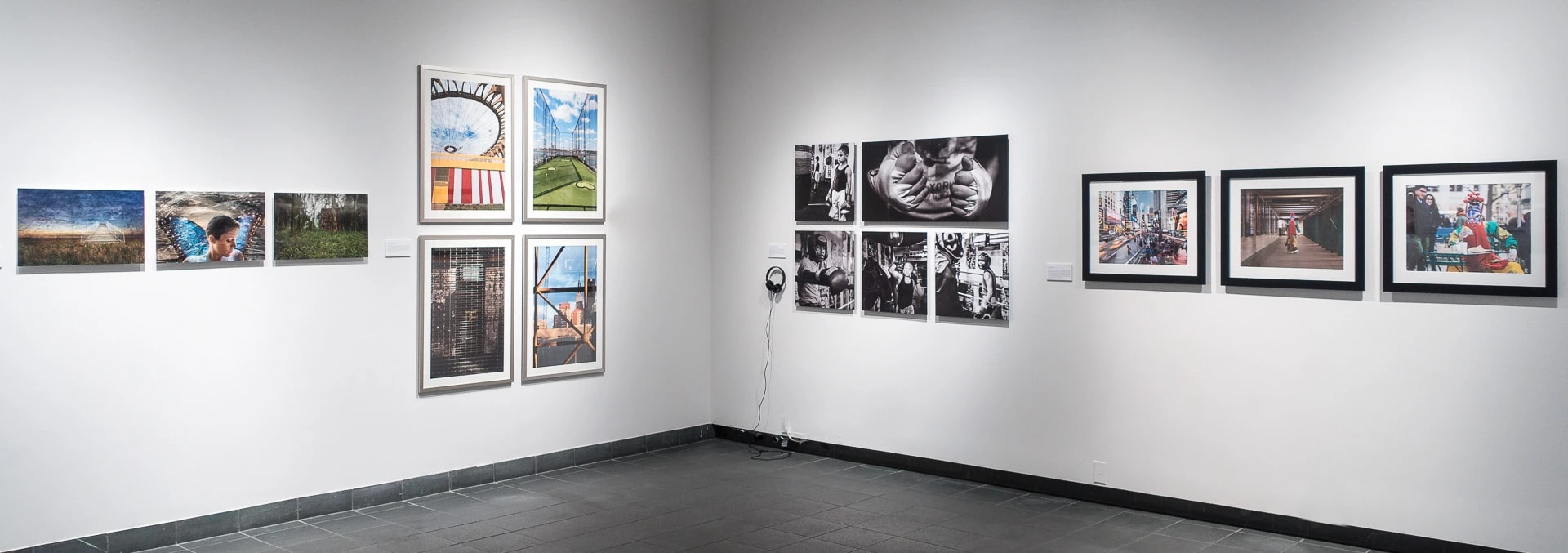
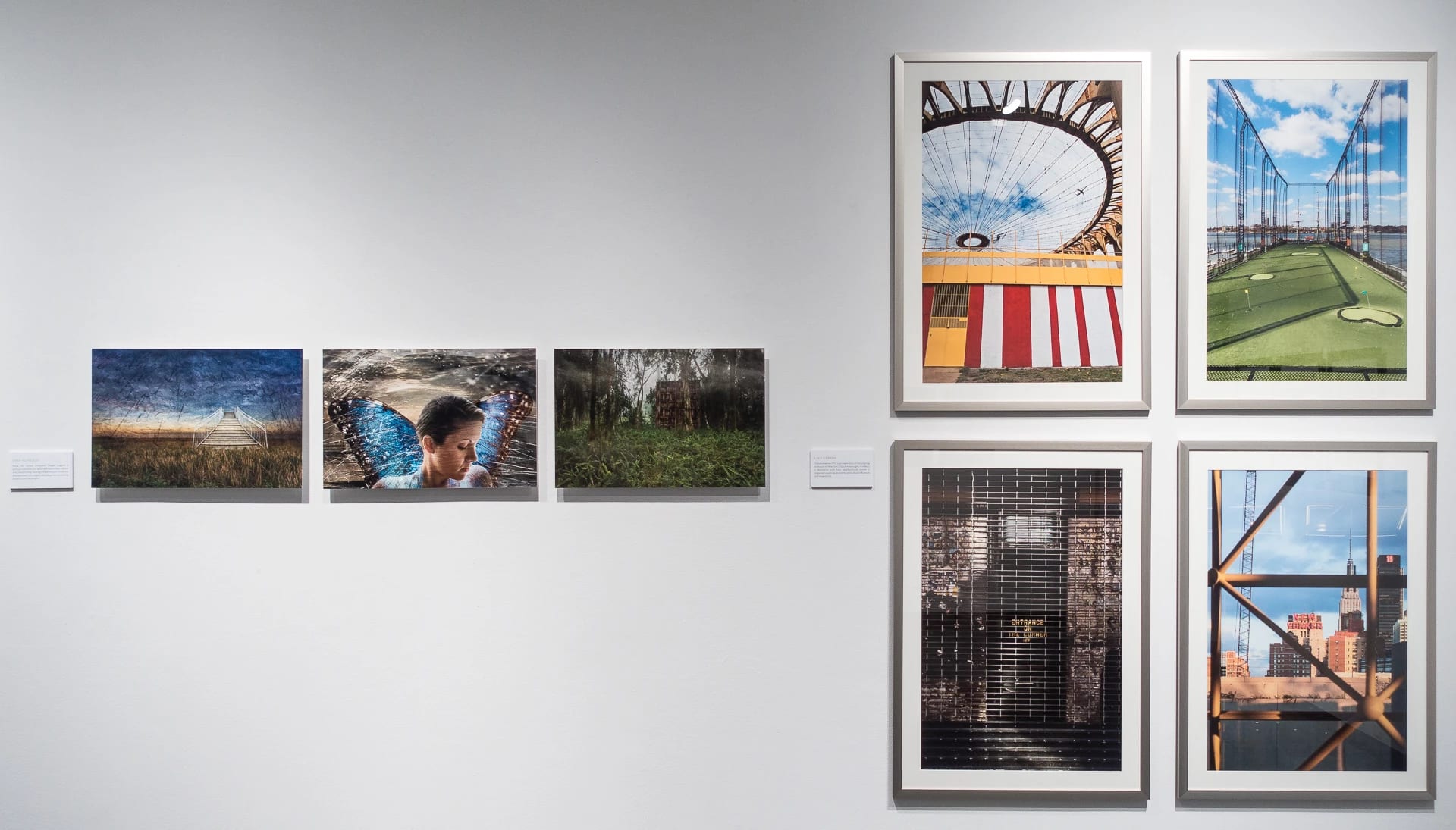
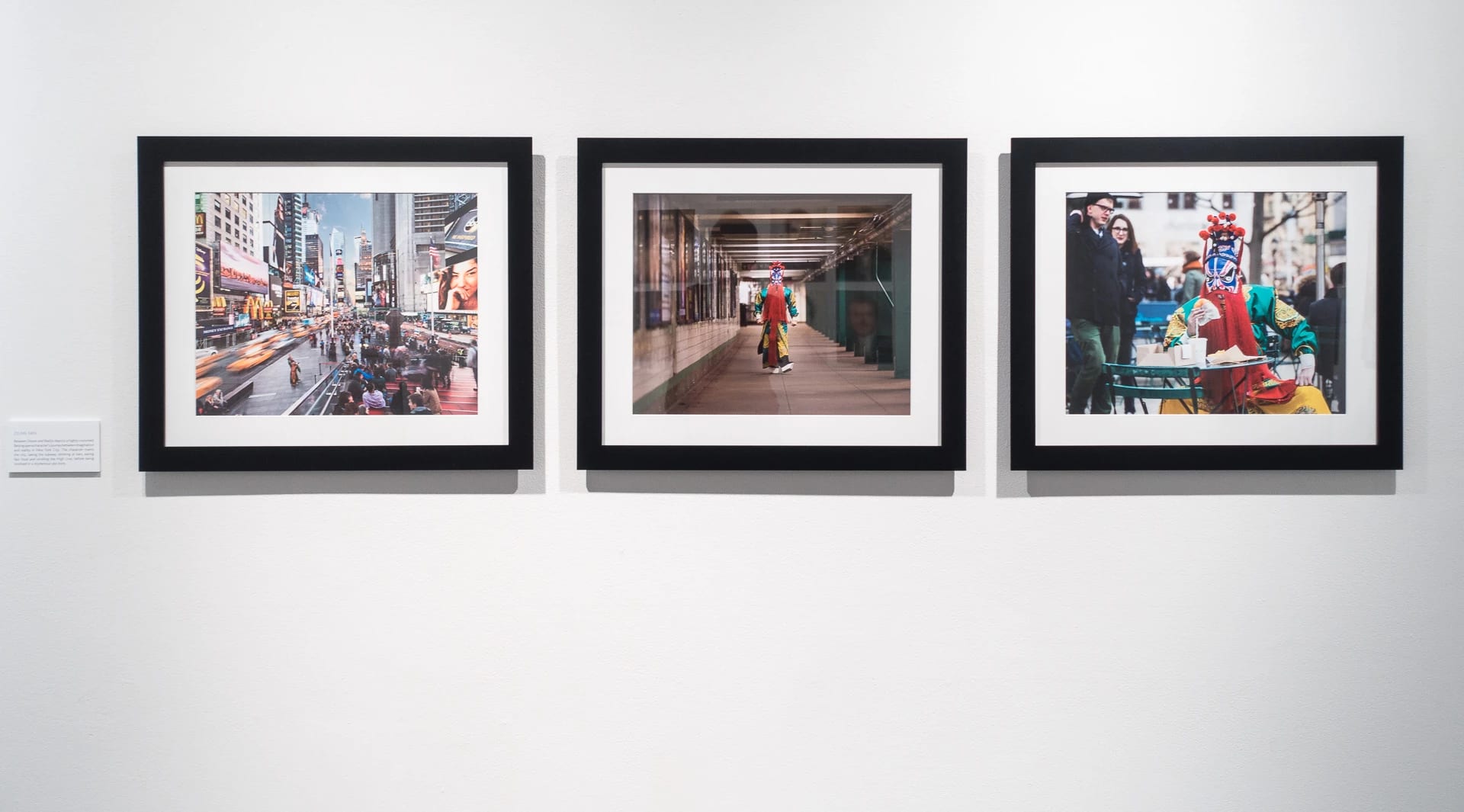
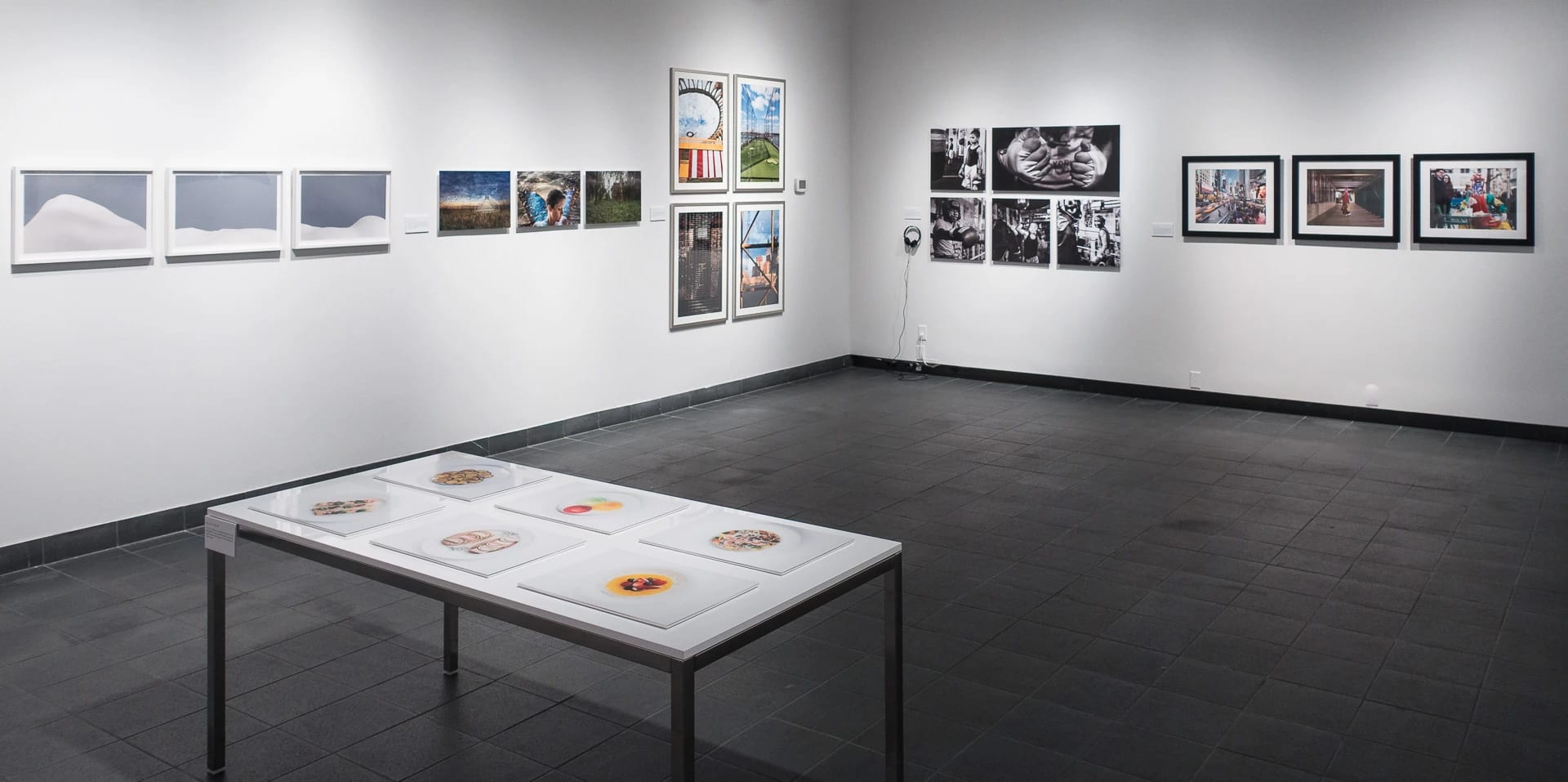
School of Visual Arts presents “23/7,” an exhibition of thesis work by the MPS Digital Photography class of 2014. Curated by New York City gallerist and faculty member Michael Foley, “23/7” is on view October 17 through November 15 at the SVA Gramercy Gallery, 209 East 23rd Street, New York City. Admission is free and open to the public.
MPS Digital Photography Chair Katrin Eismann explains, “We live in an on-the-go, never-sleep society in which work, gratification and entertainment are available and expected 24 hours a day, seven days a week. With 23 graduates in our seventh year of the program, the title ‘23/7’ plays off of the frenetic state of being ‘on’ around the clock. The exhibition showcases the dedication and creativity required from each student to successfully conceptualize and complete a unique body of photographic work.”
“23/7” features the work of students from around the globe, some of whom completed the innovative low-residency MPS Digital Photography online summer residency program and others who completed the New York City campus-based program. Both groups participated in an intensive on-campus summer session to produce the works on view.
“This was an incredibly ambitious year for many of the students,” Foley says. “Their deep exploration of their own identities led to a better understanding of who they are both in their world and that of the professional photographic community at large. They all stepped up to transform their initial ideas into well-tailored personal visions.”
“A Time Gone By,” by Charles Almarez, presents photographs of C&O Railway maintenance shops in Clifton Forge, Virginia. Originally conceived as a photographic study in industrial decay, the project evolved into an exploration of the impact of industrial change on the culture and people of a small town. Andre Avanessian’s “Phobophobialand” investigates anxiety, fear and relentless paranoia. Avanessian’s images illustrate hidden thoughts and feelings during intense moments of panic. Ailin Blasco’s “Ourea” explores body surfaces as surreal landscapes, generating sensual and enigmatic photographs. Her abstract, pale, pared-down images invite observers to question their vision and use elements of classical nude and landscape genres. “Burden of Existence” investigates the influence severe clinical depression has had on artist Sharron Diedrichs’s perception of existence. Her self-portraits represent her social mask, where her face is never fully revealed—concealed with her hands, cropped off by the edges of the frame, or otherwise obscured. Zilan Fan’s “Between Drama and Reality” depicts a highly costumed Beijing opera character’s journey between imagination and reality in New York City. The character roams the city, taking the subway, drinking at bars, eating fast food and strolling the High Line, before being involved in a mysterious spy story.
Henny Gylfadottir’s “Fight to Win” documents a small community boxing gym in the Park Hill Projects of Staten Island that provide an escape for at-risk youth. To box, children must attend school; if they miss school, they are not allowed to train that day. In her series “Together,” Victoria Hardina, whose time growing up in foster homes meant she never had the classic family experiences of going on vacation, decorating a Christmas tree or being read bedtime stories, plays the role of father, mother, and child. Through studio photography, digital compositing and childlike illustrations, she recreates the ideal family moments she never had. “My Black Face” explores same-race discrimination within African American culture. As a young black woman, Clareese Hill was often discriminated against for behaving outside of the “black” cultural norm. In this photographic project she explores her relationship with mainstream black culture using self-portraiture, textures and props.
Adriano Hultmann’s “Things We Can’t See” is inspired by a desire to convey the possibility of different realities. His images consist of abstract representations of energies such as love, hope, presence and fear. “Never Home” is an ongoing project driven by the sense of segregation in religion, culture and gender that the artist Bilo Hussein experienced as a child of Sudanese immigrants, growing up in Saudi Arabia. Her portraits are overlaid with textures and urban scenes to express her continuing wish to find a home: a place to fit in regardless of belief, gender or politics. As a second-generation Korean-American woman and the only daughter of Korean immigrants, Sarah Jun grew up with a deeply ingrained set of cultural expectations concerning appearance, behavior and social roles for women. “Mimicry” is a series of self-portraits in which Jun uses photography to explore these many expectations.
Lacy Kiernan’s “Transformations NYC” is an exploration of the ongoing evolution of New York City's five boroughs. It reflects a fascination with the way neighborhoods evolve in response to political, economic and cultural influences and imperatives. Won Kim’s “Stereotypes” portrays visual stereotypes of people as found online via extensive keyword searches. Carefully researching and gathering as many as 100 found images for each stereotype, Kim determines their visual similarities, gender, race and style, and creates digital composites. “Somewhere in Between,” by Meg Laubscher, explores the blurring of boundaries between childhood and adolescence as they relate to the importance of beauty, image and sex appeal in cultural expectations for young women.
In “Recollection,” Jaime Lefkowitz de-contextualizes her childhood toys by removing all references to the original home environment, to recreate the unsettled feeling she experienced upon reencountering them as an adult. Taylor Mickle’s “Futurama” presents fantasies and childhood memories through colorful dioramas inhabited by toys and figures, modelled after the 1964 New York World’s Fair. Collin Murphy’s “Surface” presents fragments of walls, fabrics, walkways and signage. These seductive surfaces indicate the significance of life’s burdens but also how art can offer a positive respite. Evelina Reinhart has managed her acid reflux for a decade by carefully monitoring and developing recipes for living with this illness. She shares her recipes in “The Joy of Eating,” a book filled with vivid photographs and easy-to-follow instructions for preparing these meals.
”Finding and Losing My Father,” a collection of photographic composites by Mark Roussel, addresses the ways his father coped with the last years of his life, combining family snapshots with recent photographs made as the artist traveled between New York and Canada to visit his father. “Below the Surface” reveals and embodies the inner strength Erika Velasquez has achieved in her years of healing from the abandonment, loss and abuse she experienced as a young girl. Her composite images suggest a spiritual, subconscious landscape rather than a literal one, transforming a tragic experience into something beautiful and meaningful. Jamie Shields presents “Less Is More,” a classically inspired fashion editorial portfolio of black-and-white portraits produced with minimal styling and studio lighting and refined with professional digital retouching. “De-Selfing” portrays Hsin Wang’s failed romantic relationships, in which she felt a need to “de-self” herself for her partners. Wang combines physical props with self-portraits, often accompanied by different male counterparts, to create beautiful images that hint at nostalgia, love, loss and hope. Kevin Wo’s “Announce” is comprised of two bodies of work: “Passage One” is a recreation of the angel Gabriel’s announcement to Mary of her immaculate conception; “Passage Two” consists of digital composites of fabricated scenes employing Renaissance motifs—such as lilies, lanterns and rays of light to create the mood of a very dark fairy tale. The underlying message of Wo’s photographs is that spirituality is a largely personal experience, and the liturgies of mainstream religion are not necessarily the only tool for spiritual guidance. SVA MPS Digital Photography is a concentrated course of studies that addresses the comprehensive digital imaging workflow, from image capture and enhancement to creating high-quality, large-format prints and secure archiving strategies. The program is designed for students from a diverse range of photographic genres, including editorial, commercial, fine art and fashion. Under the guidance of leading photographers, retouchers, designers and studio managers, students master the latest tools and techniques to create technically outstanding and conceptually compelling images. In addition to developing a body of work, students become versed in image reproduction, issues in contemporary fine art photography and current business practices.


